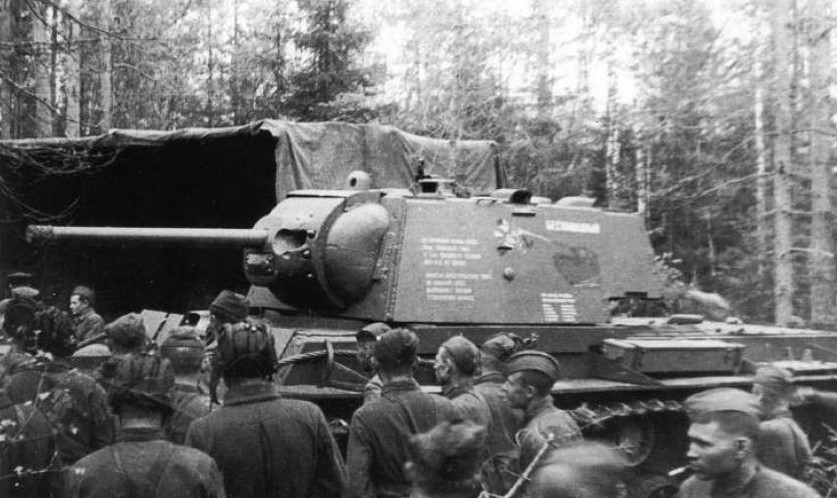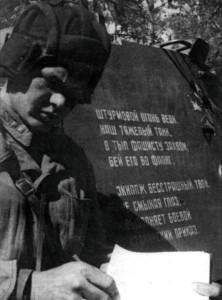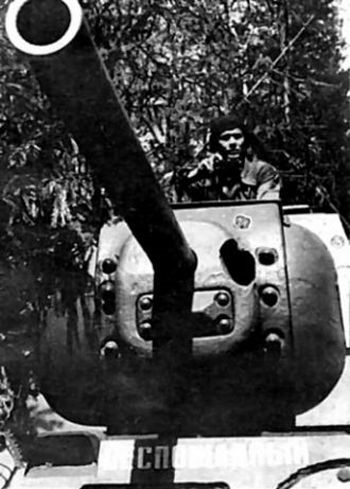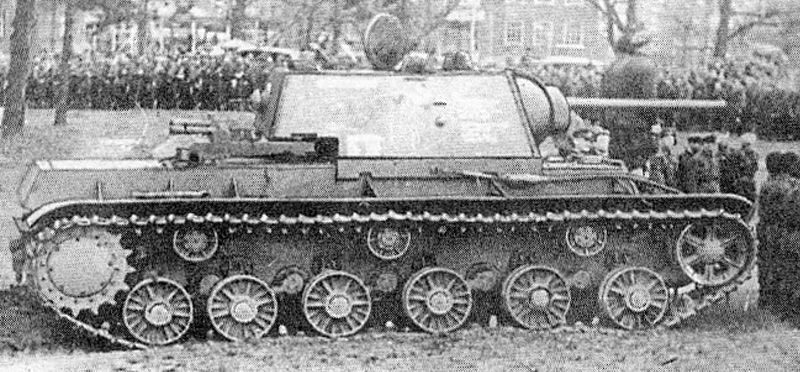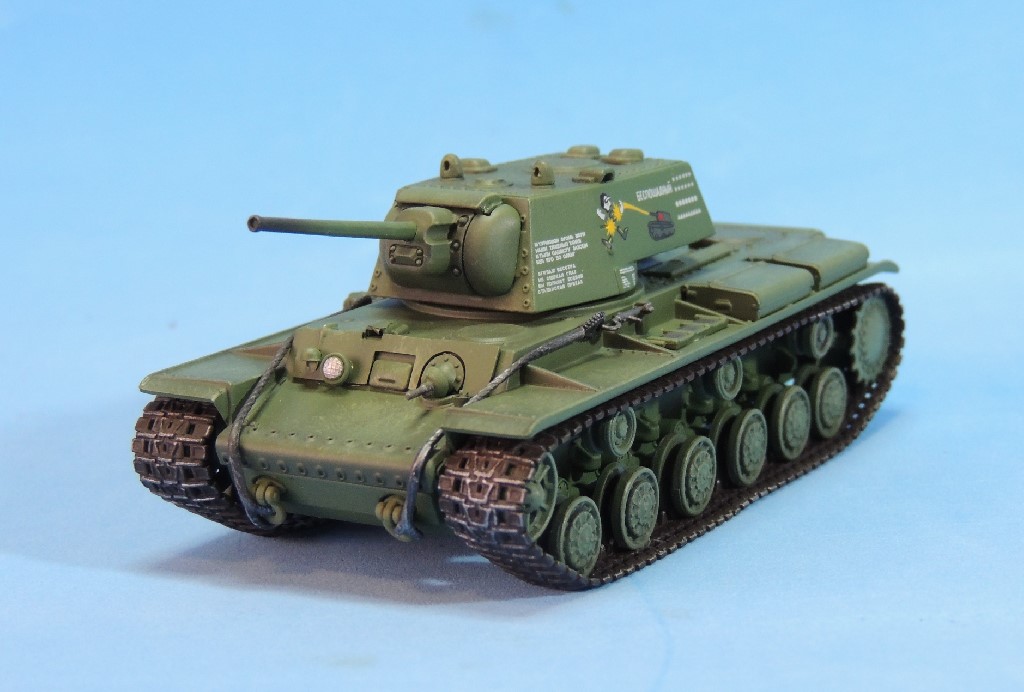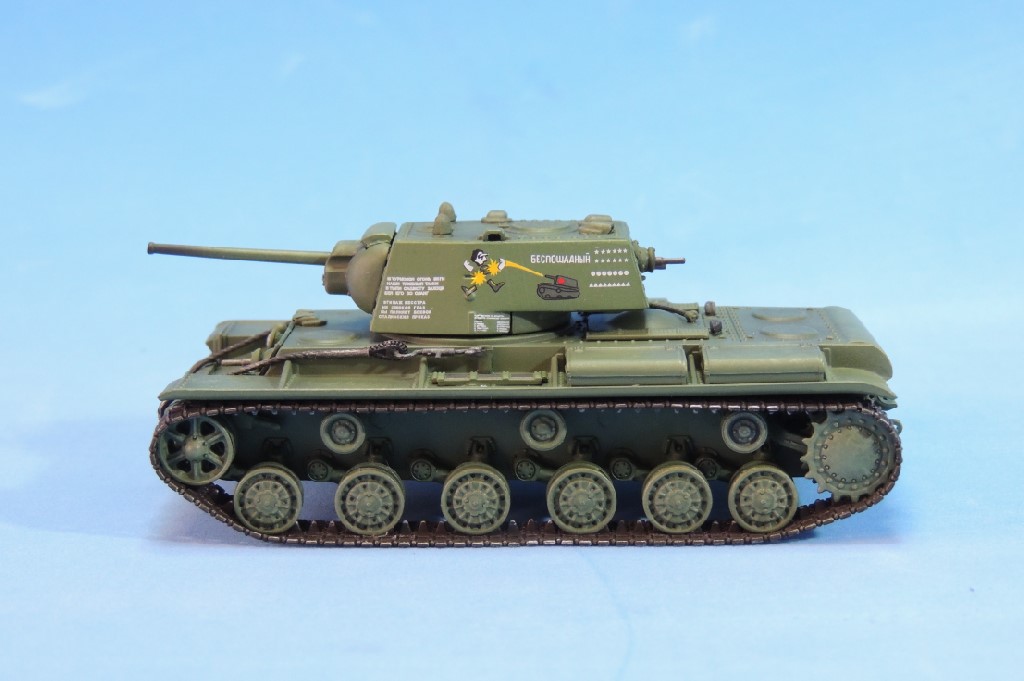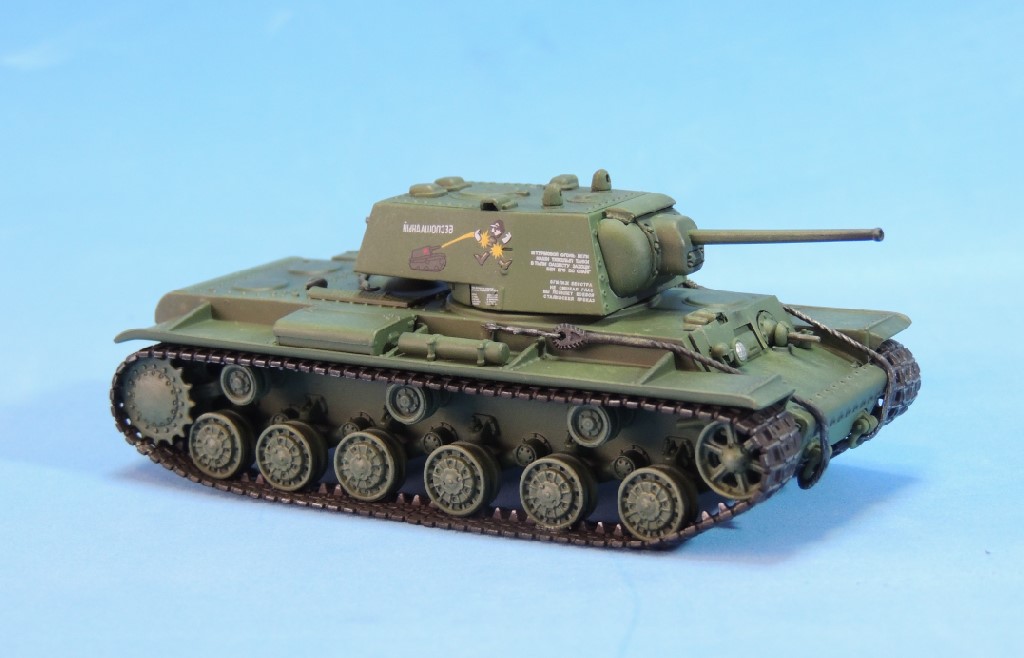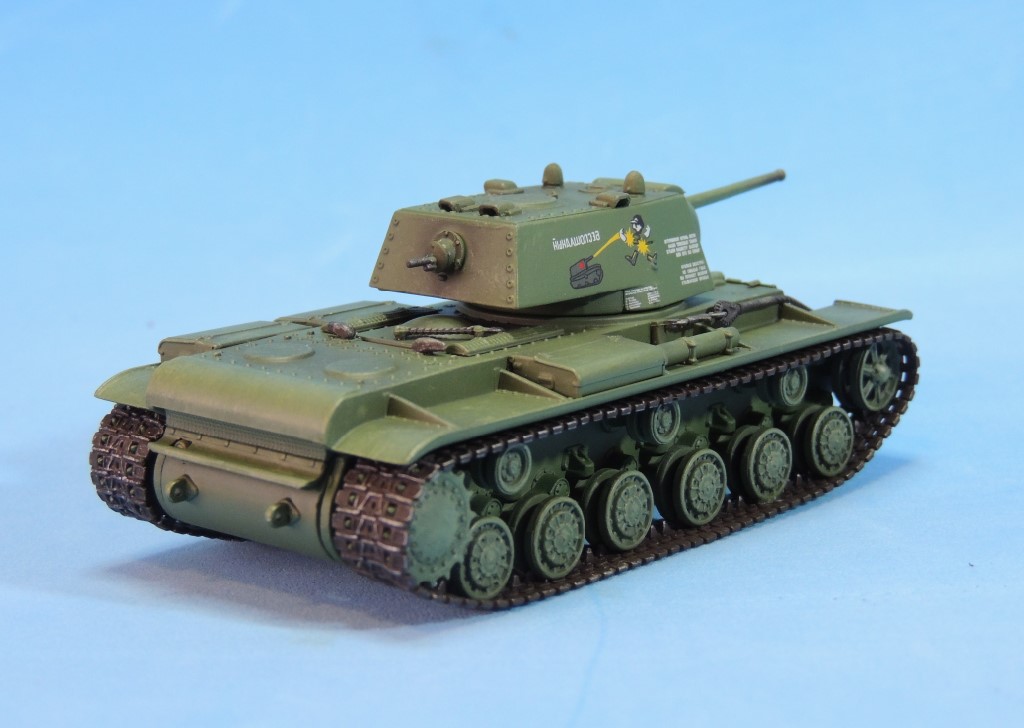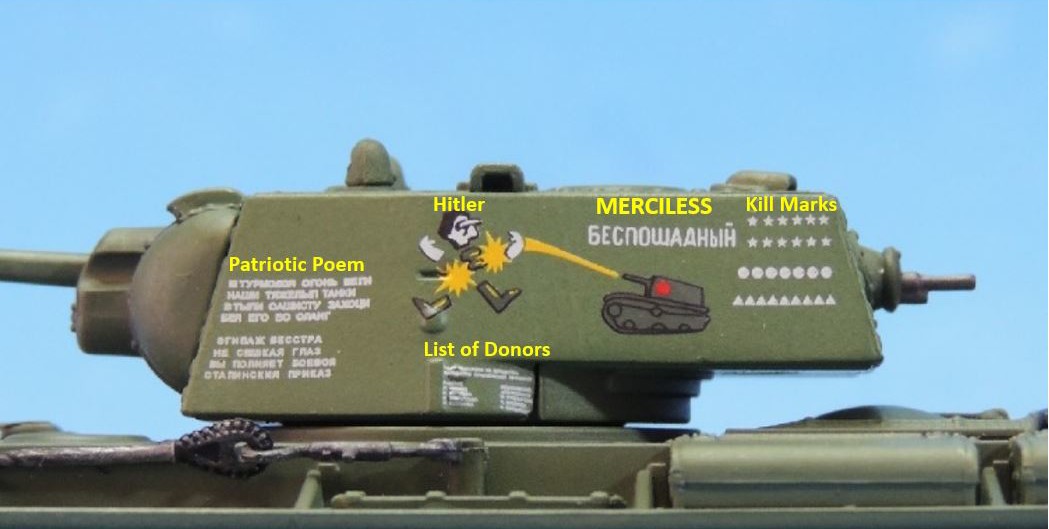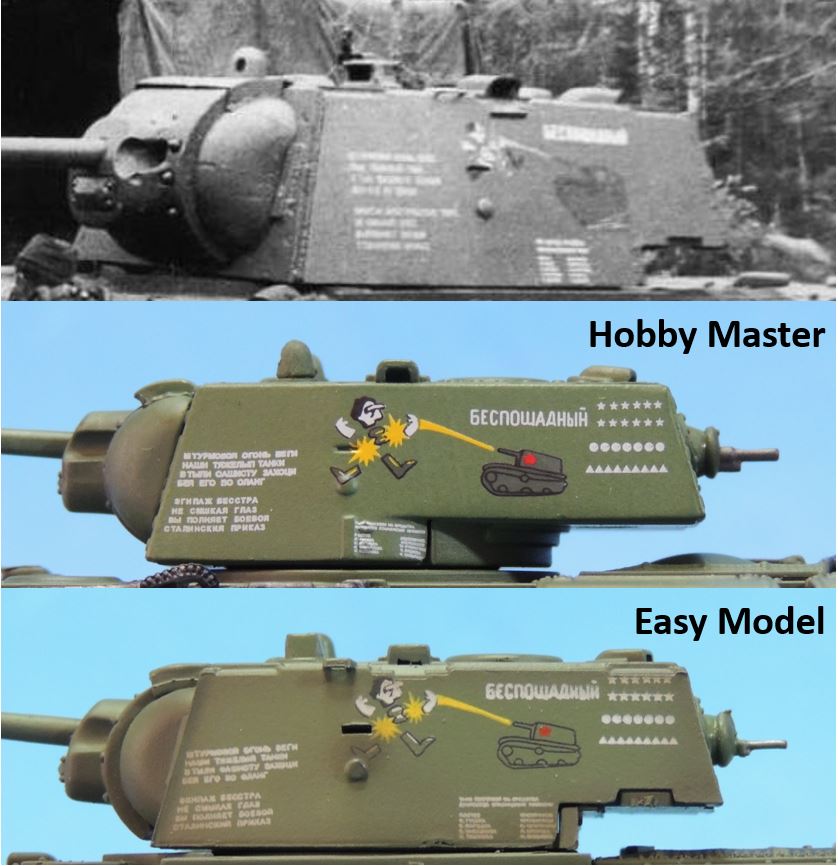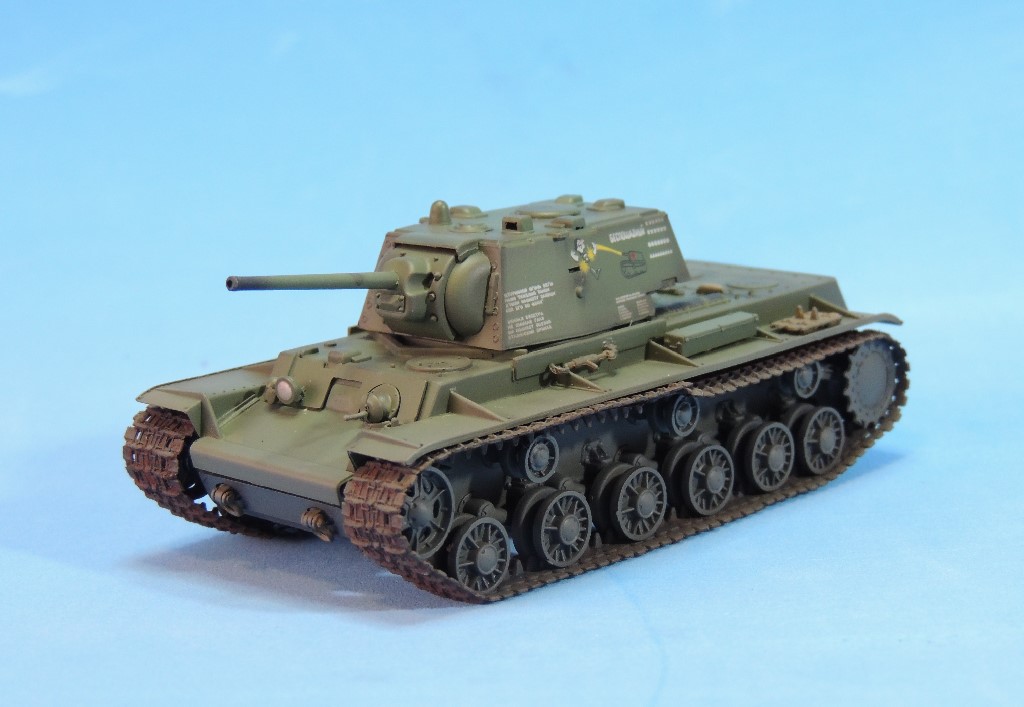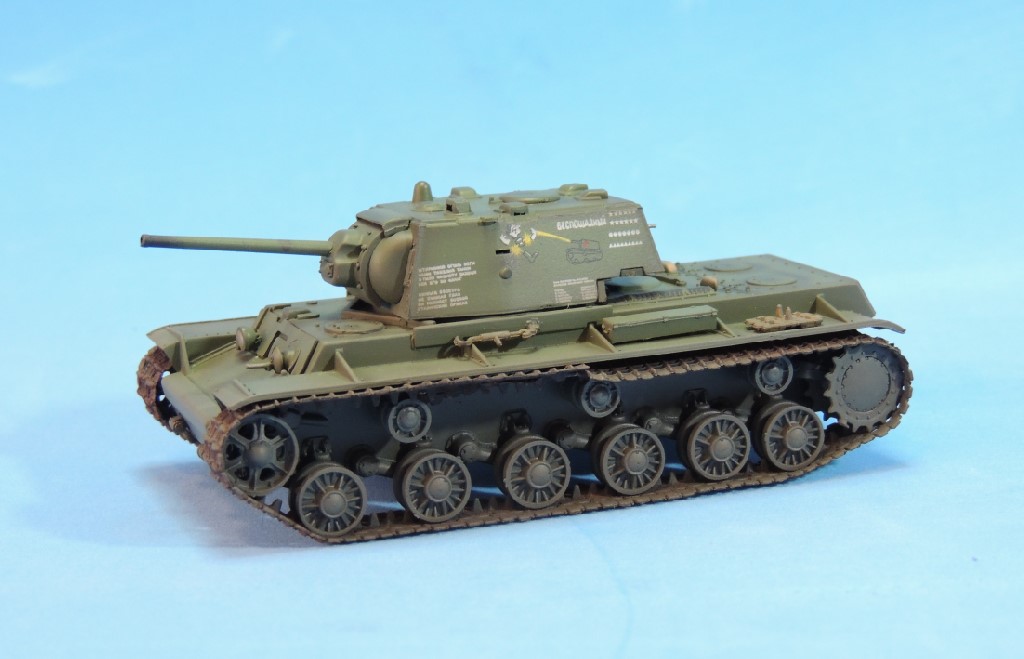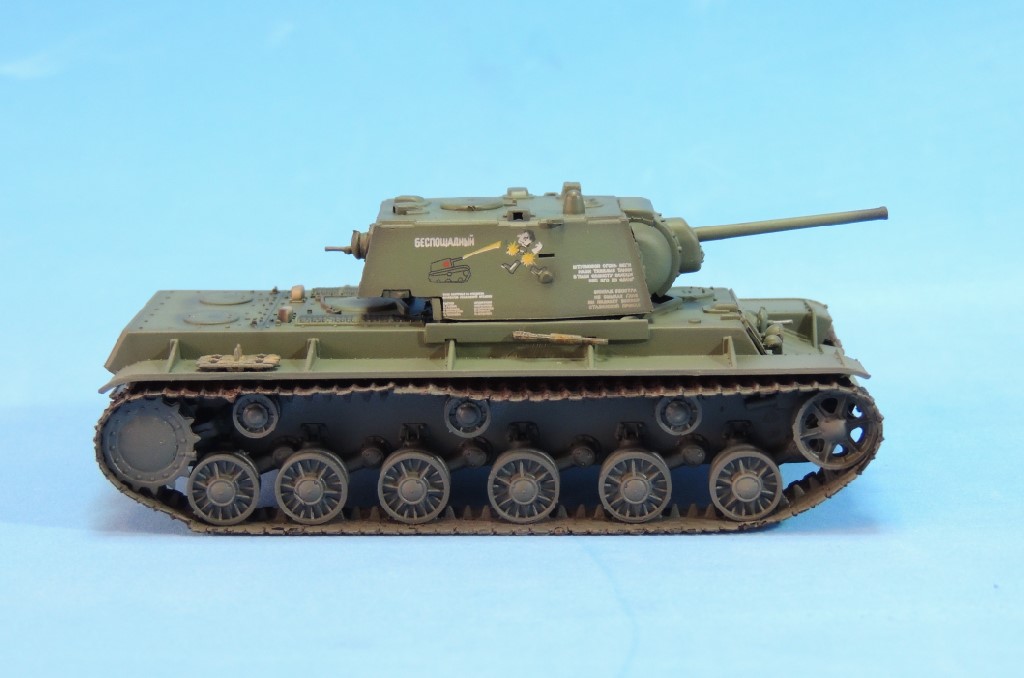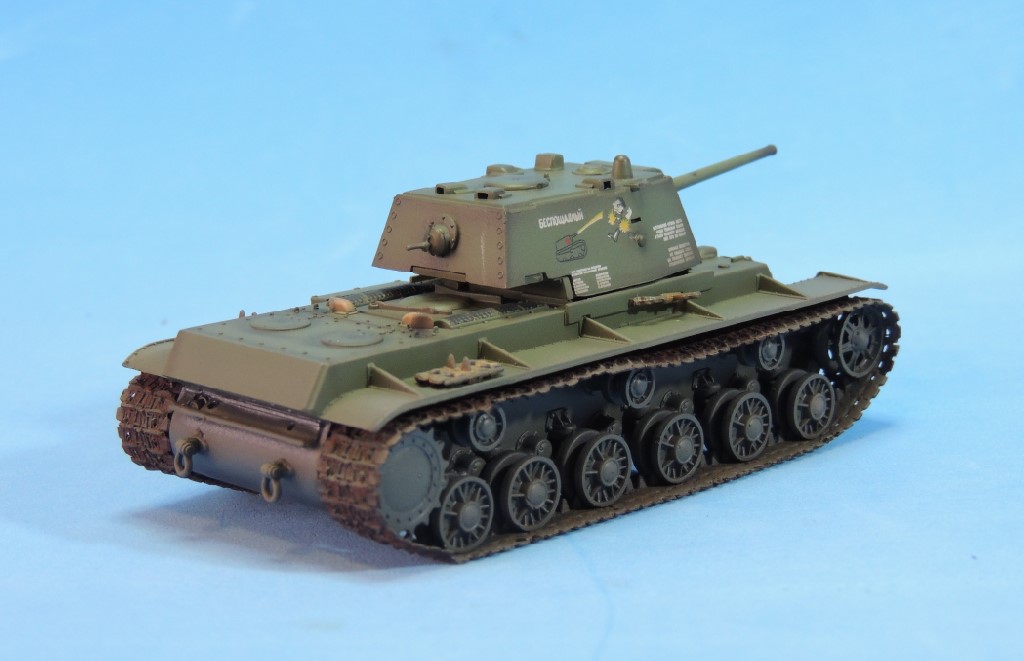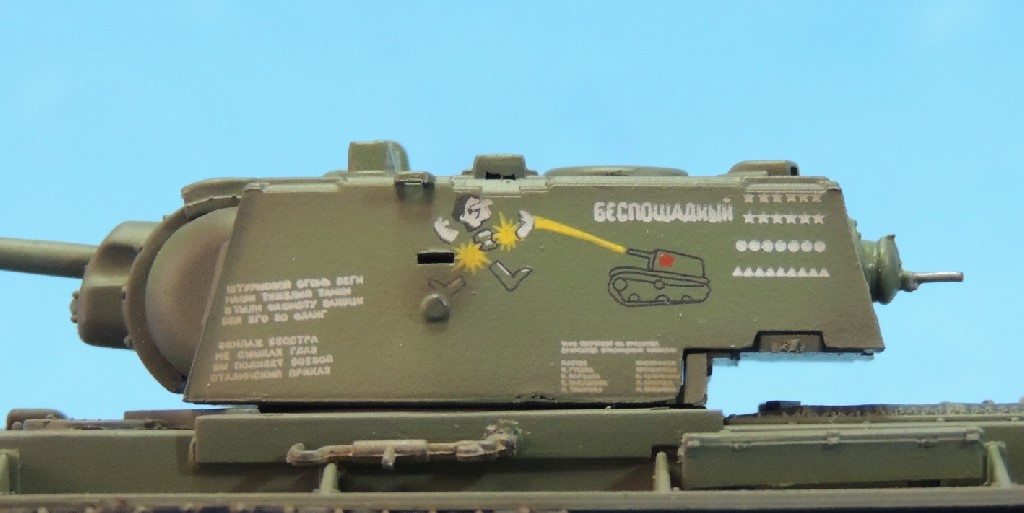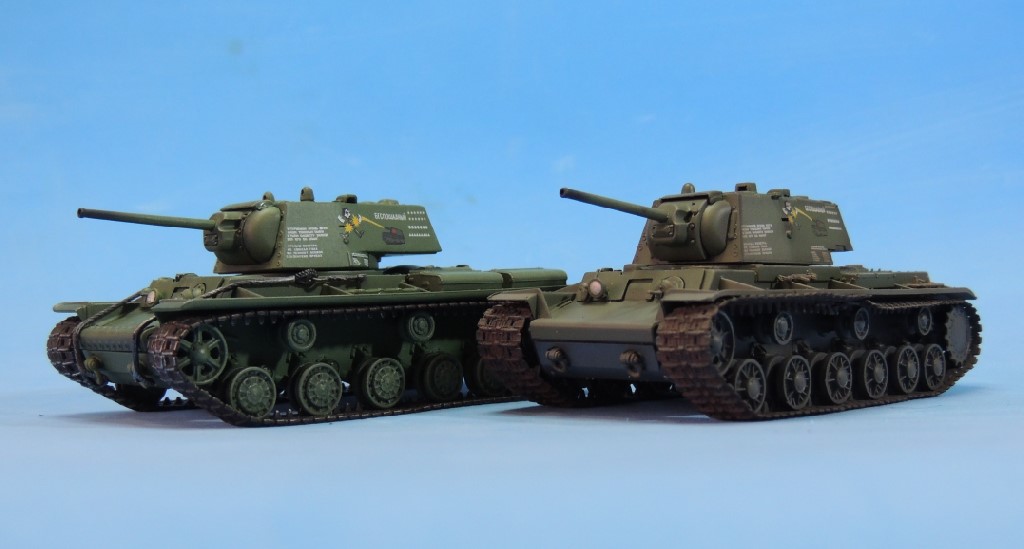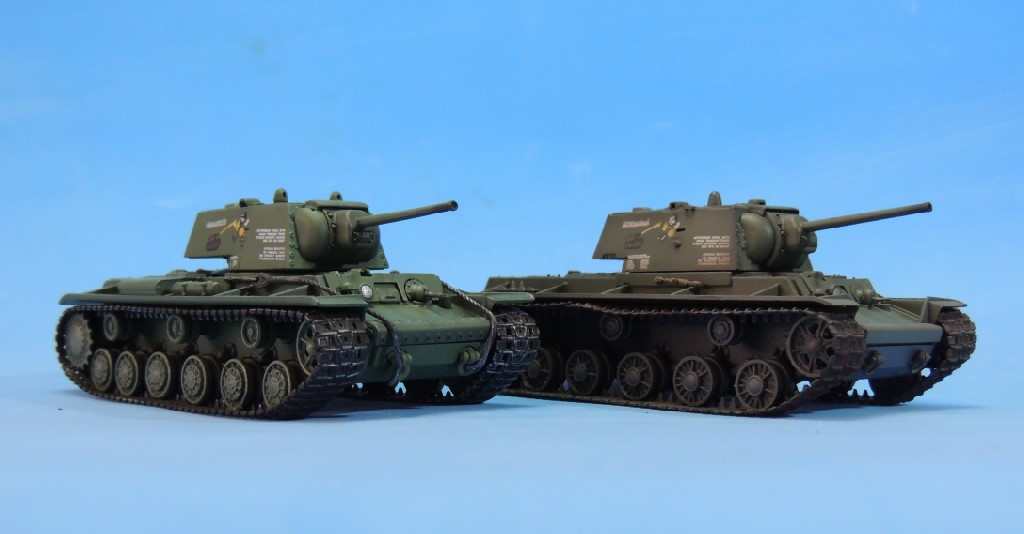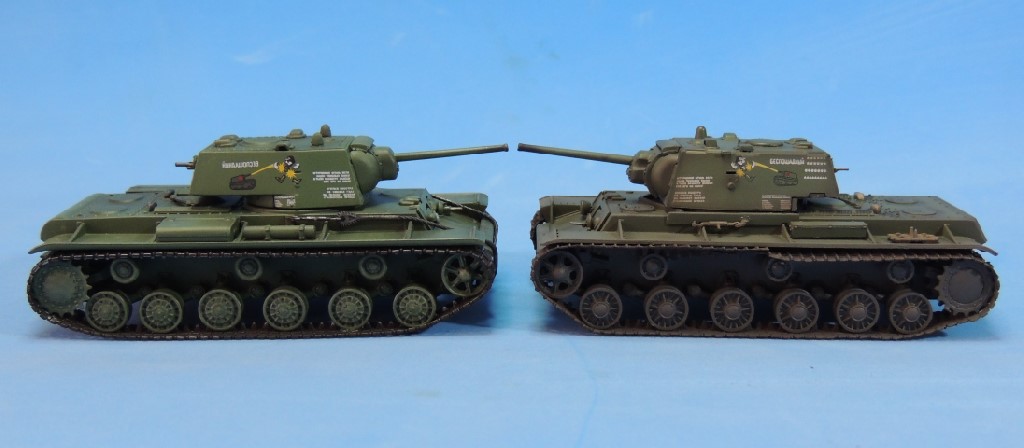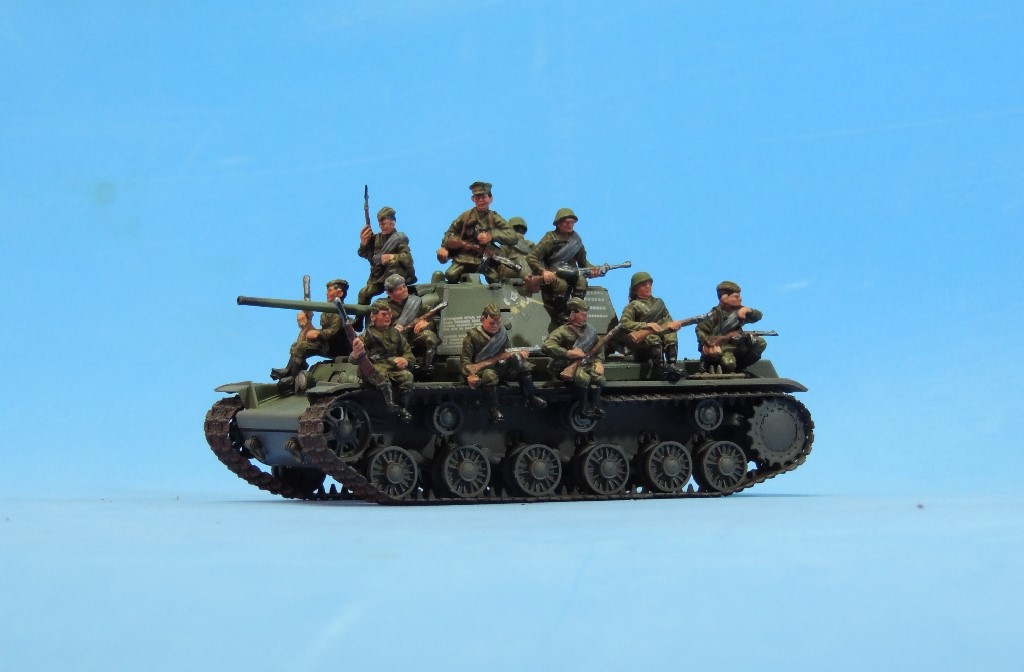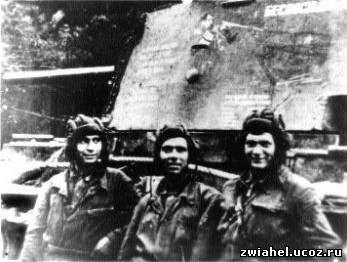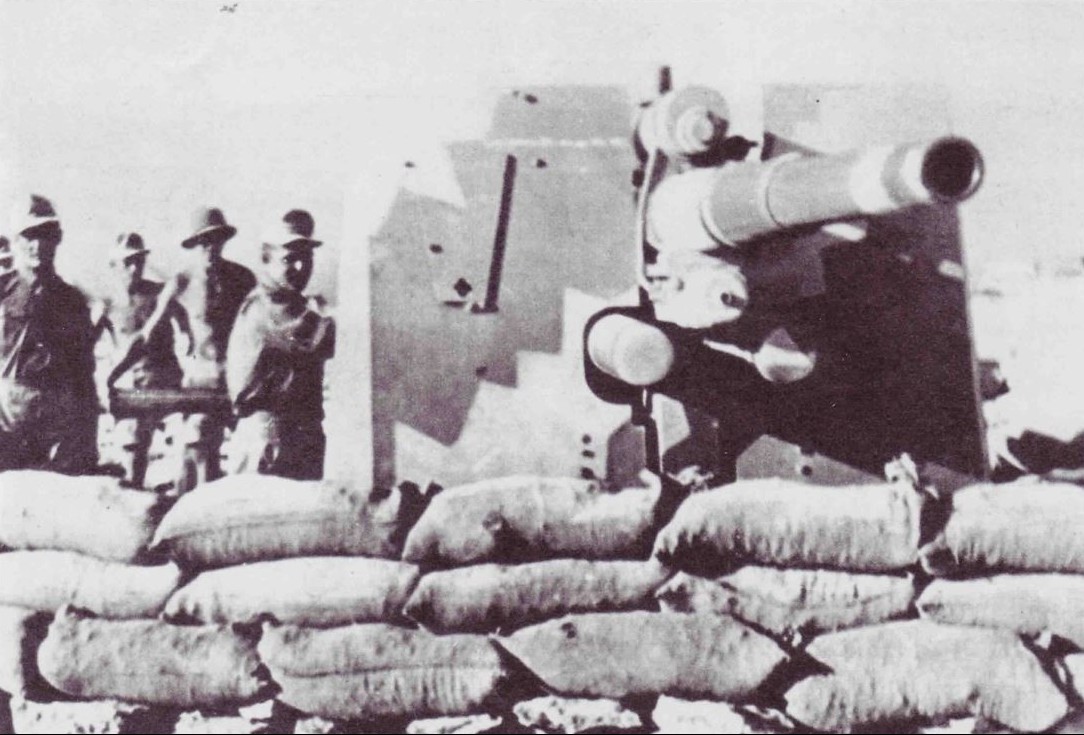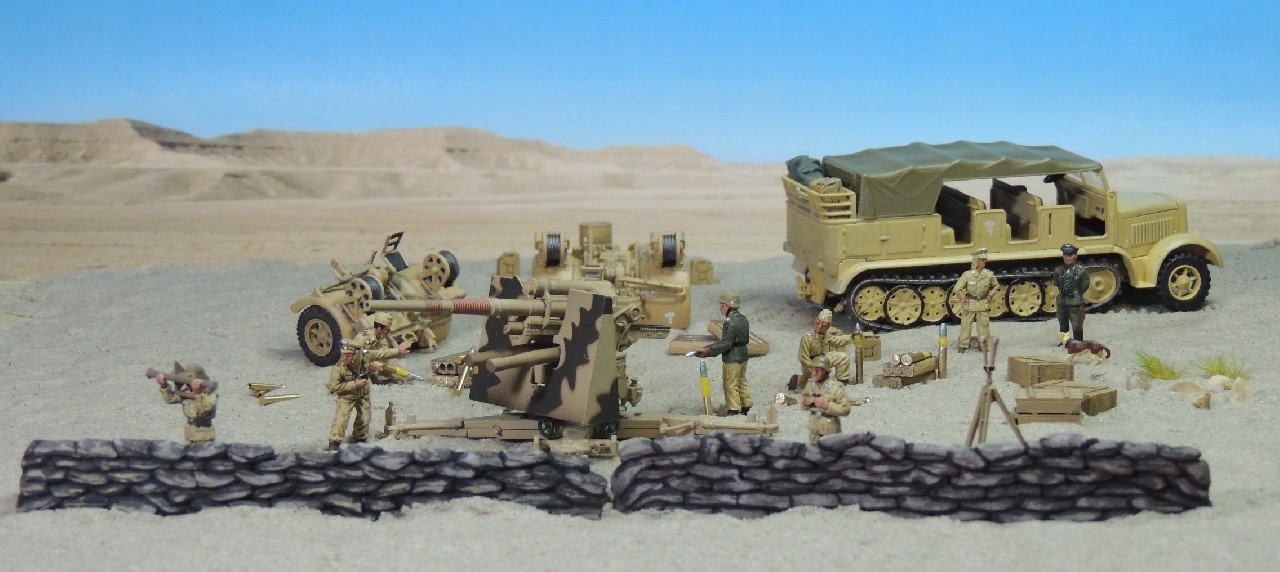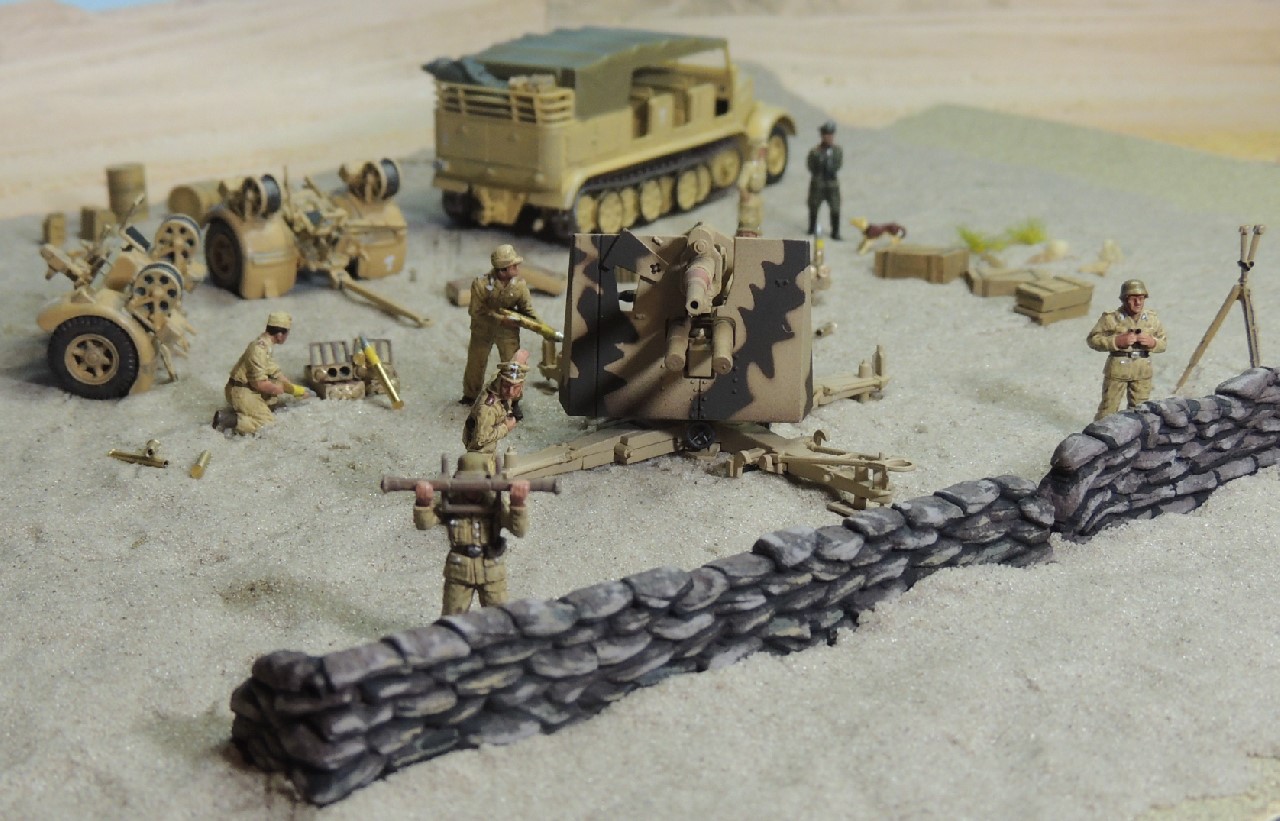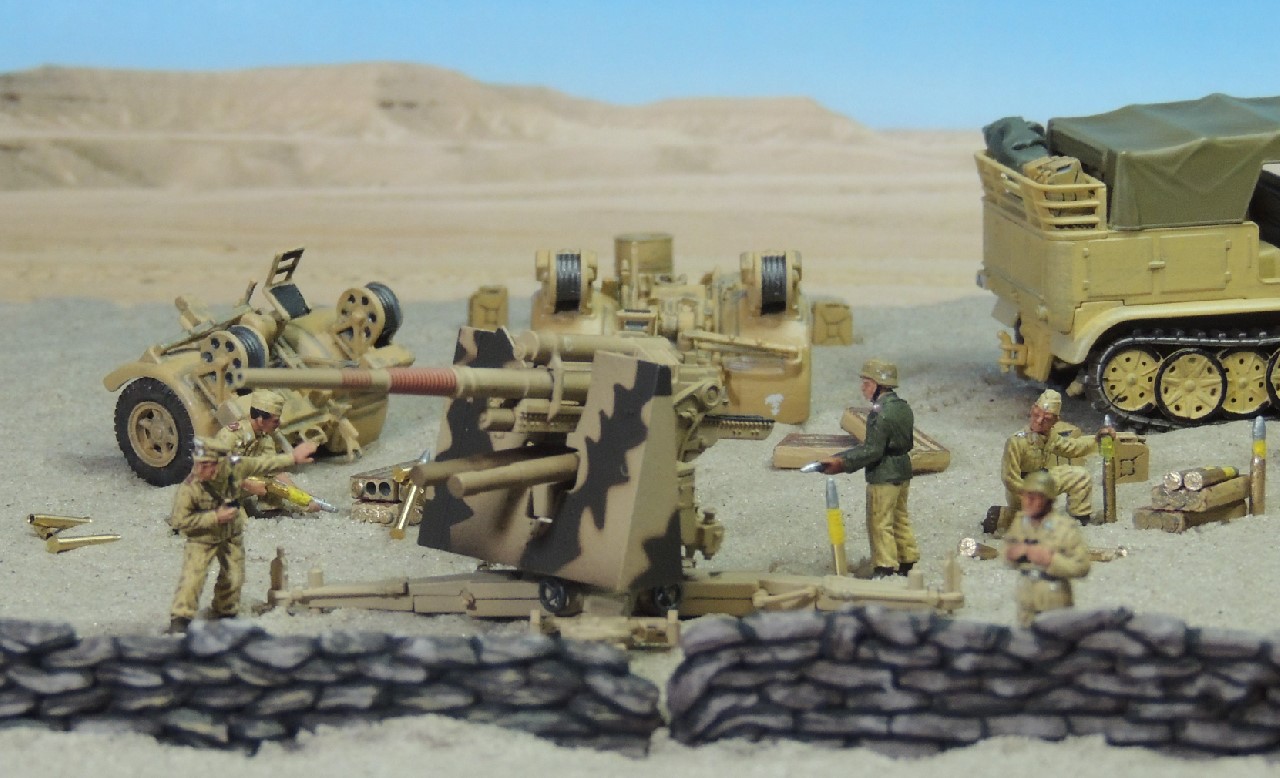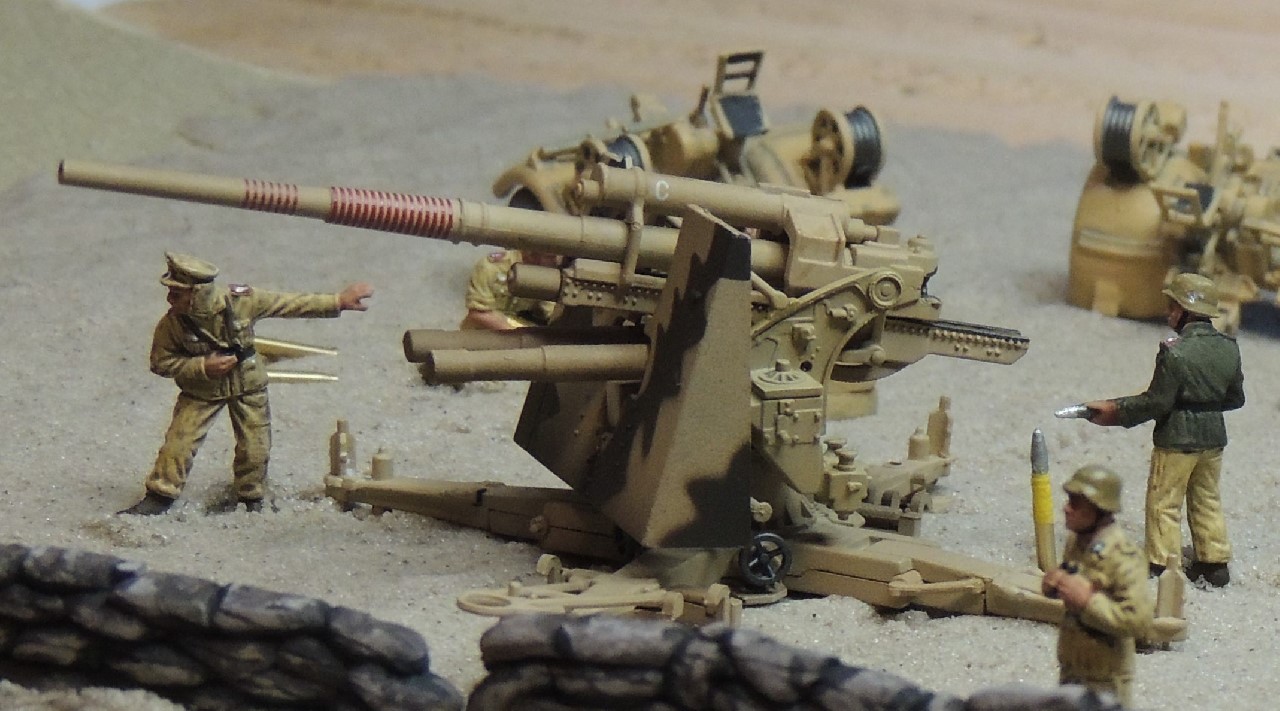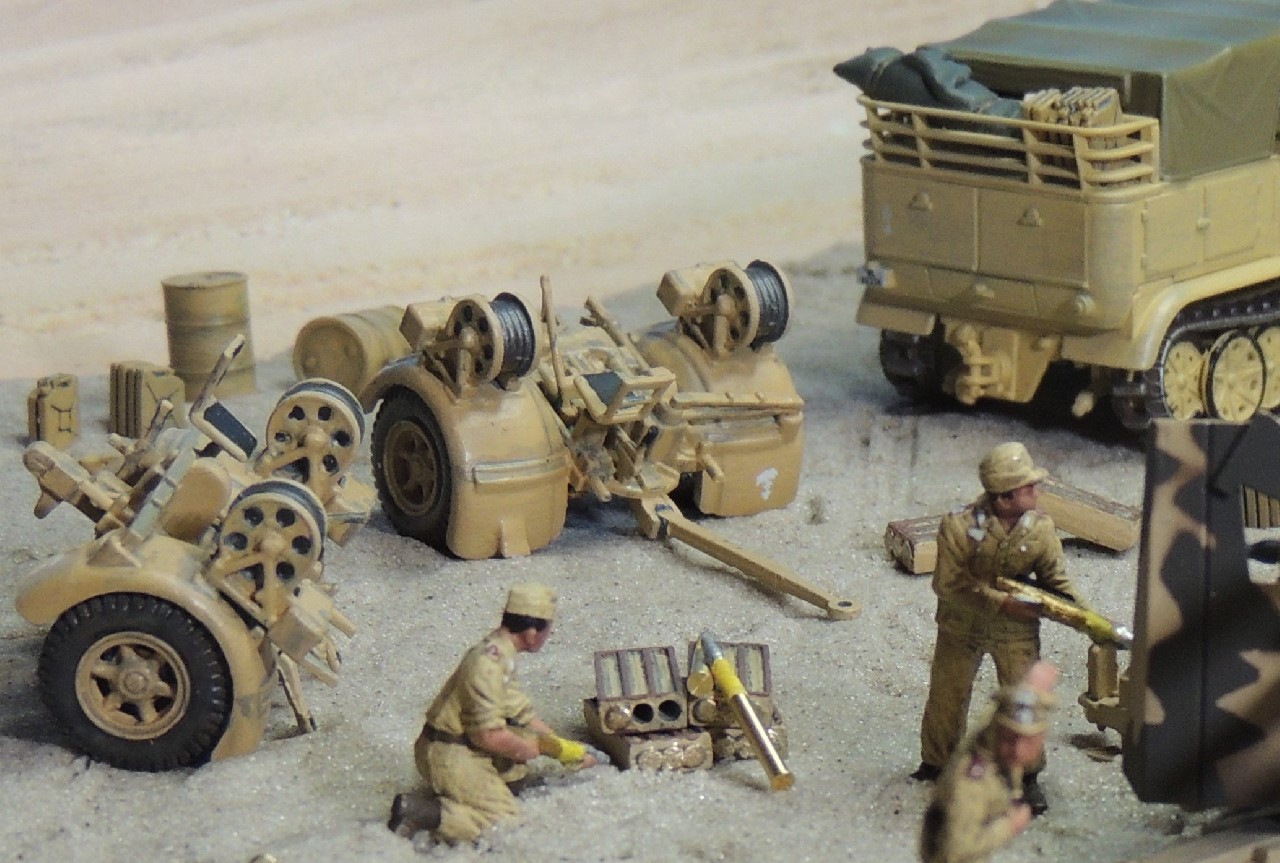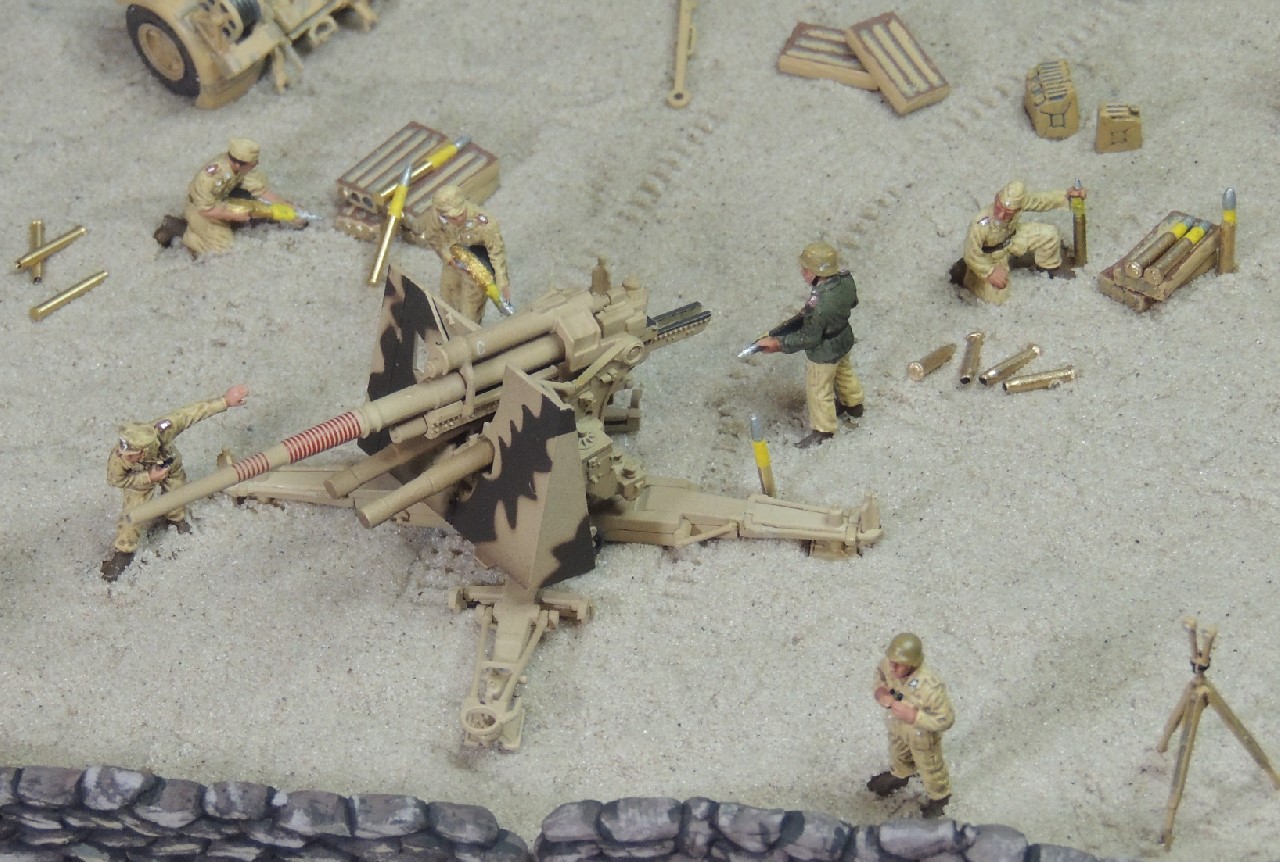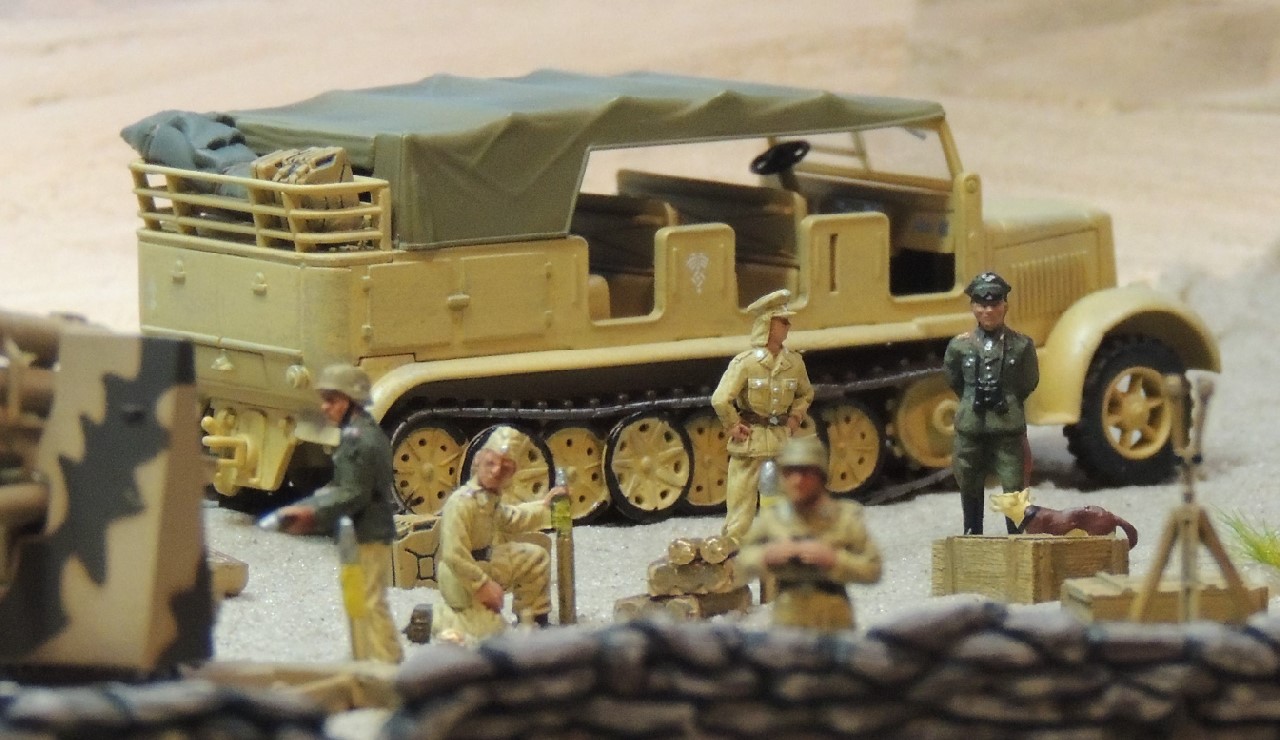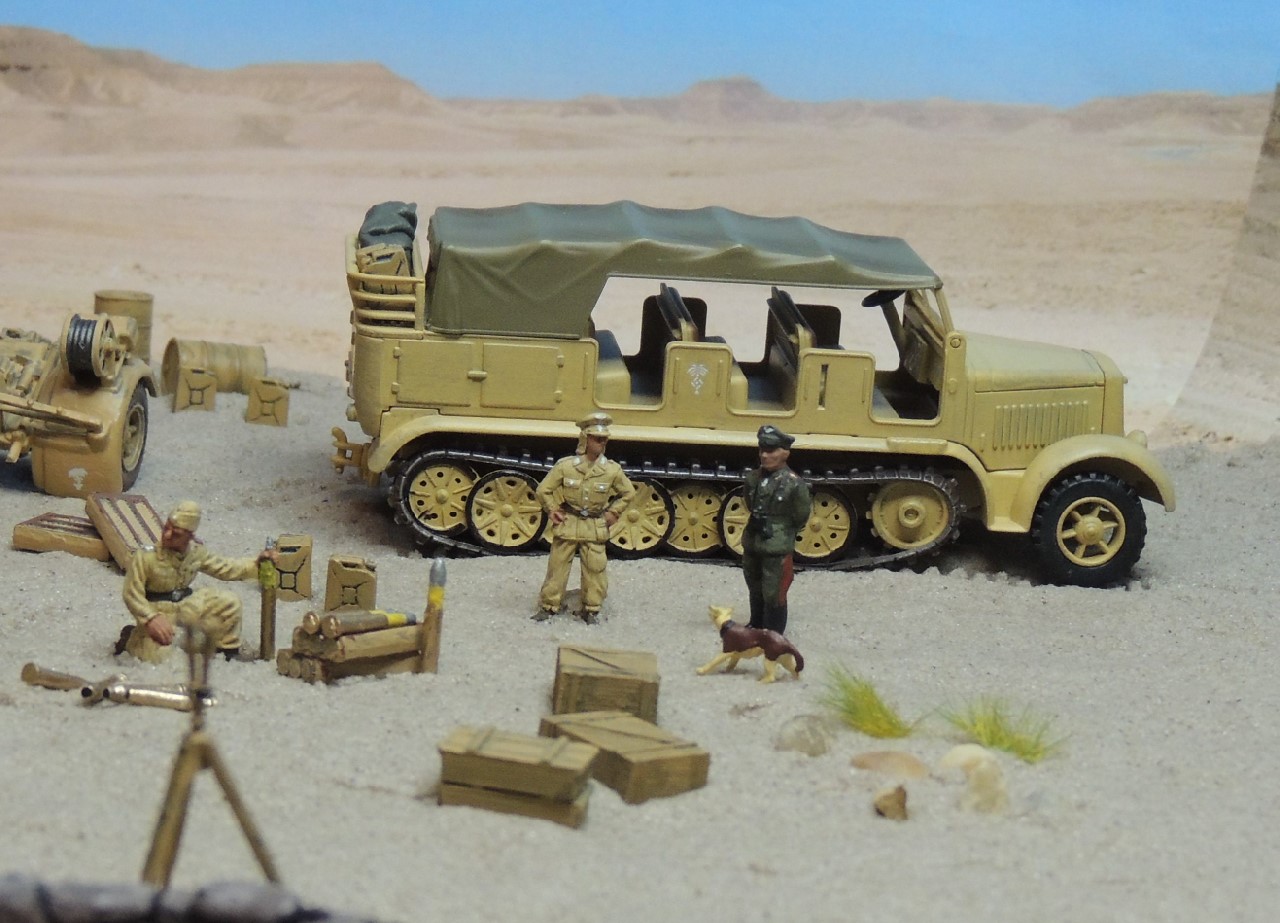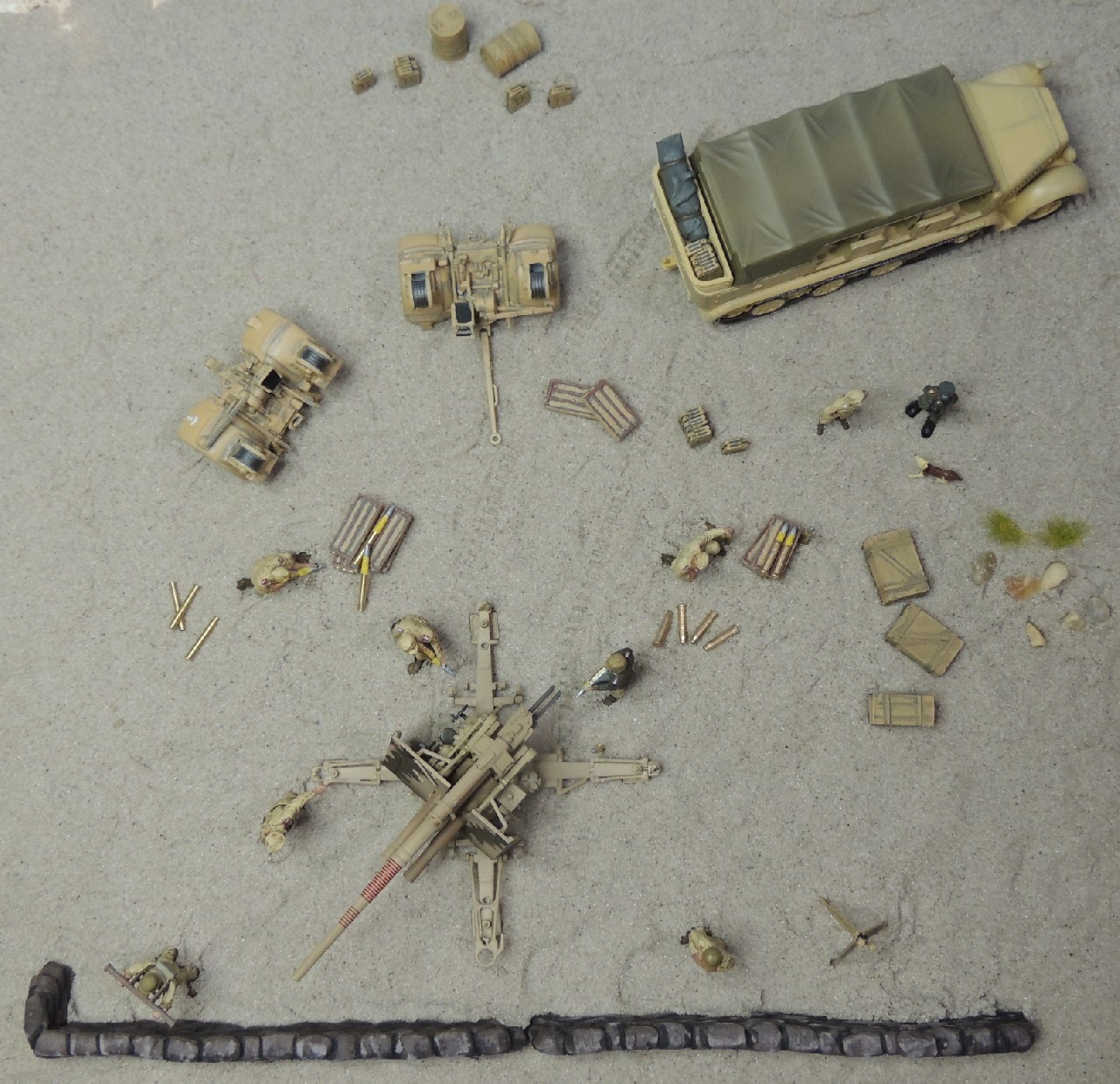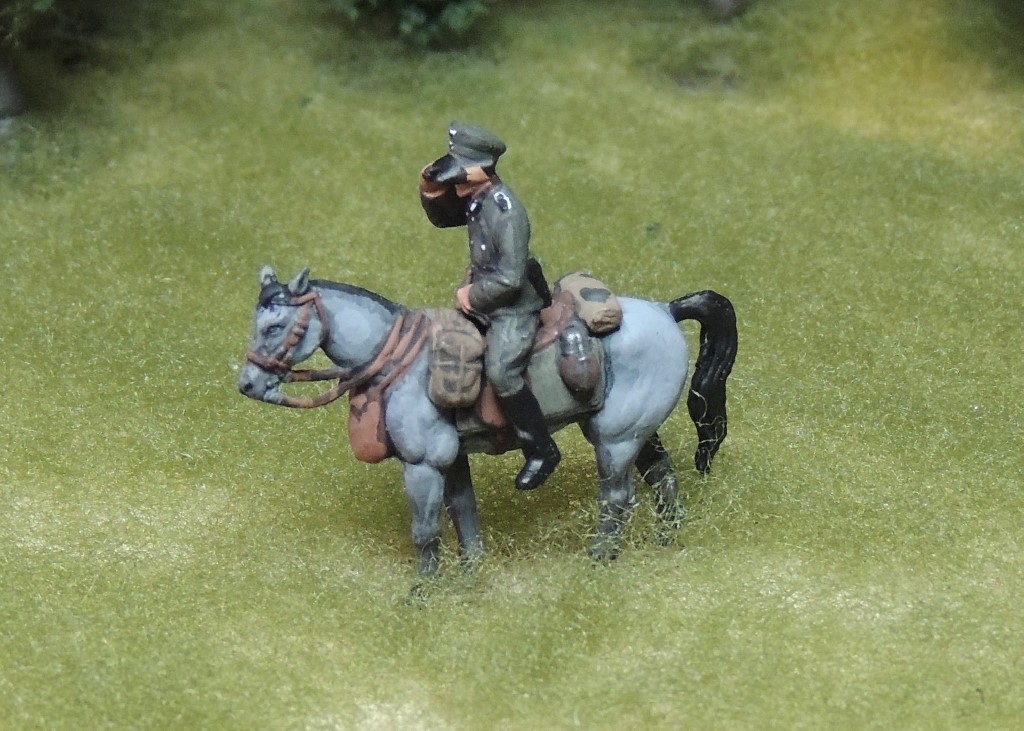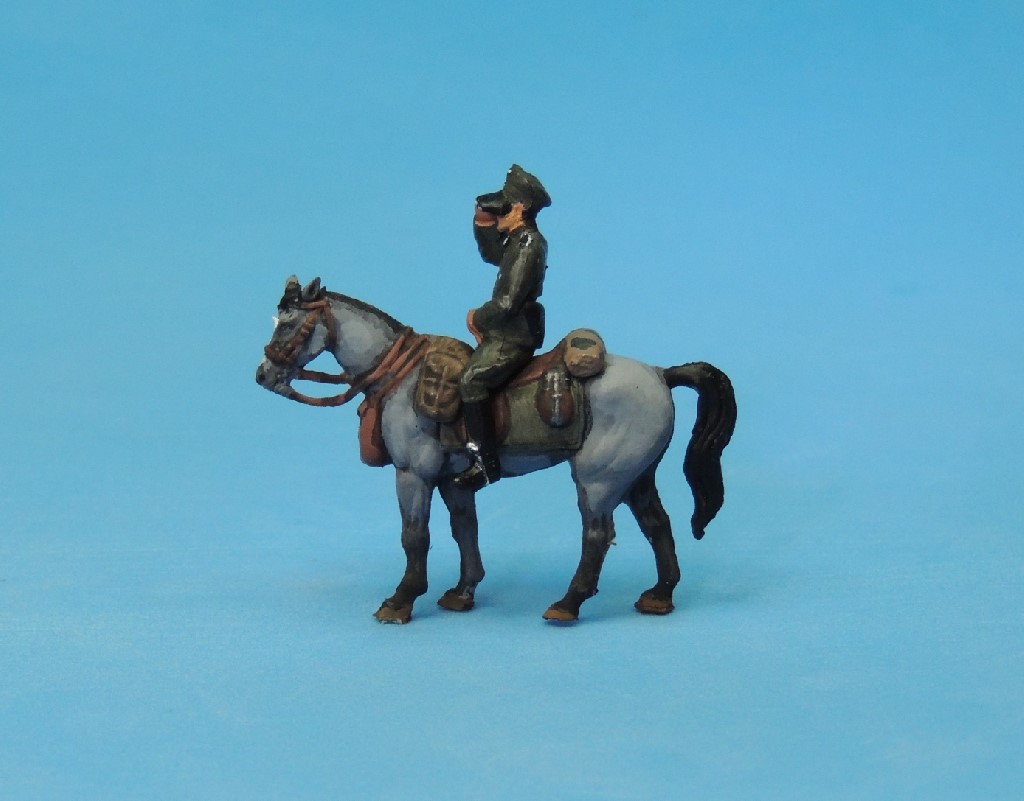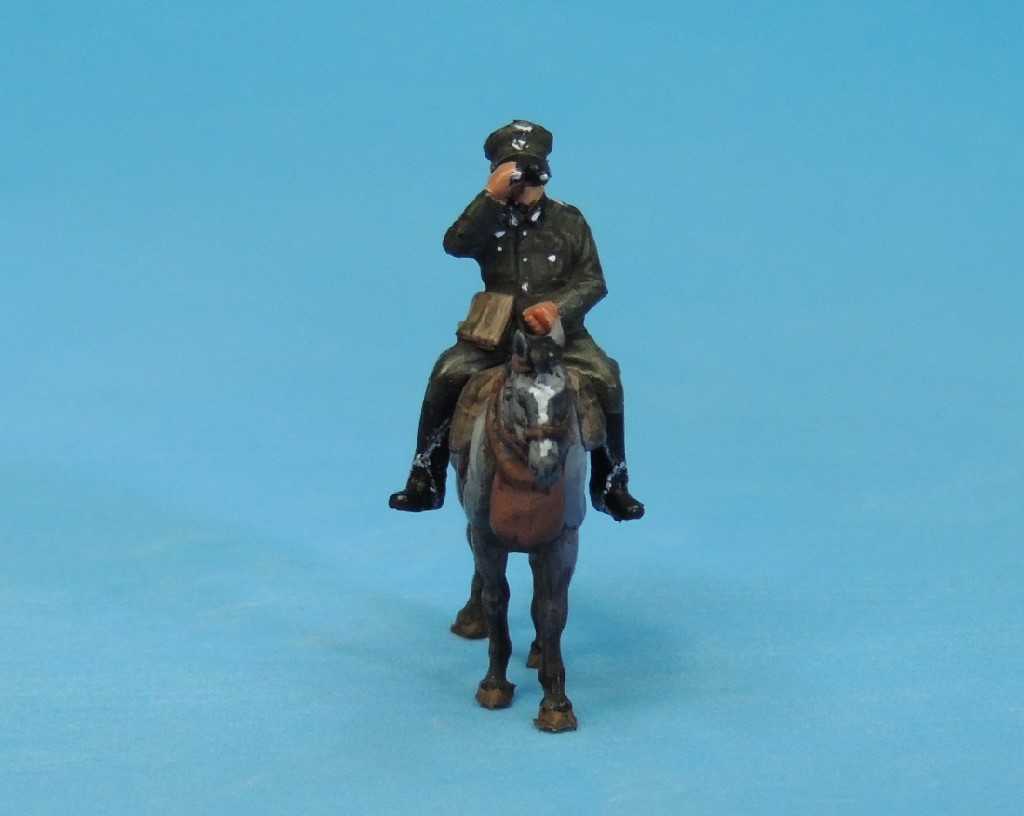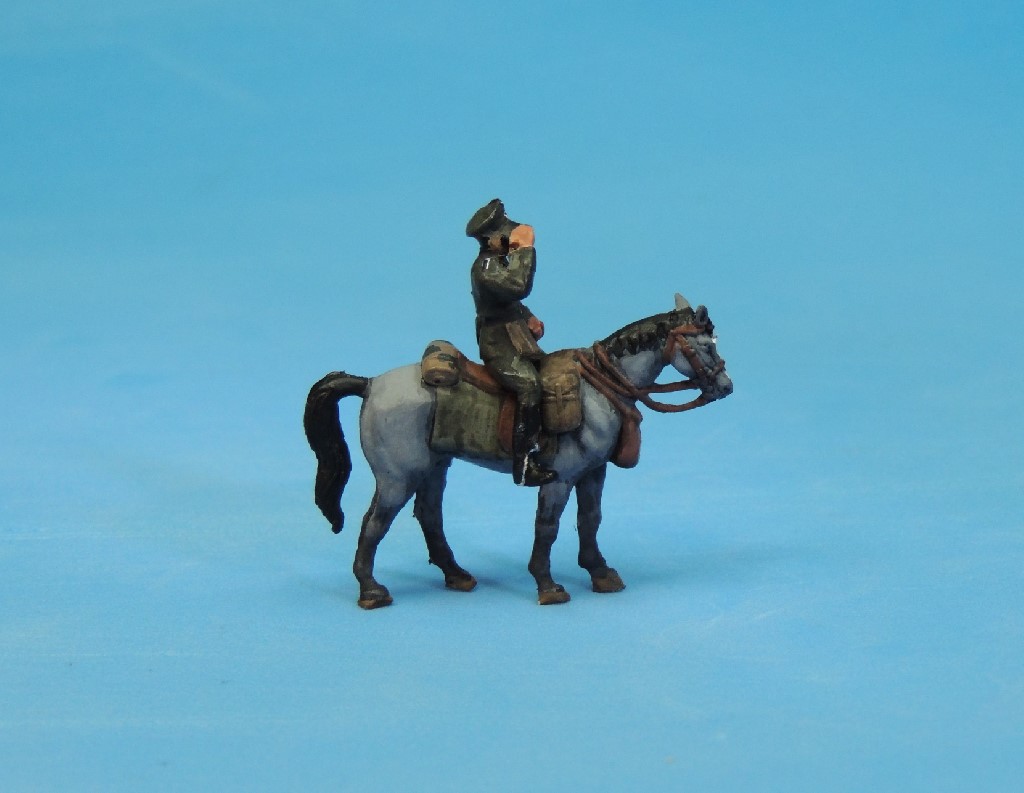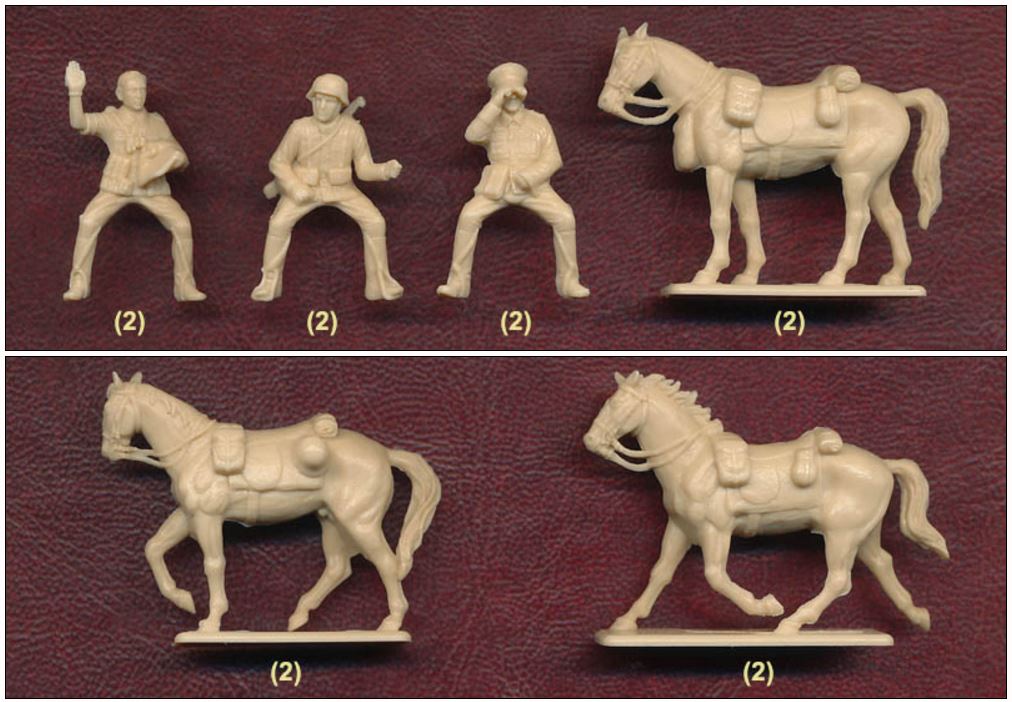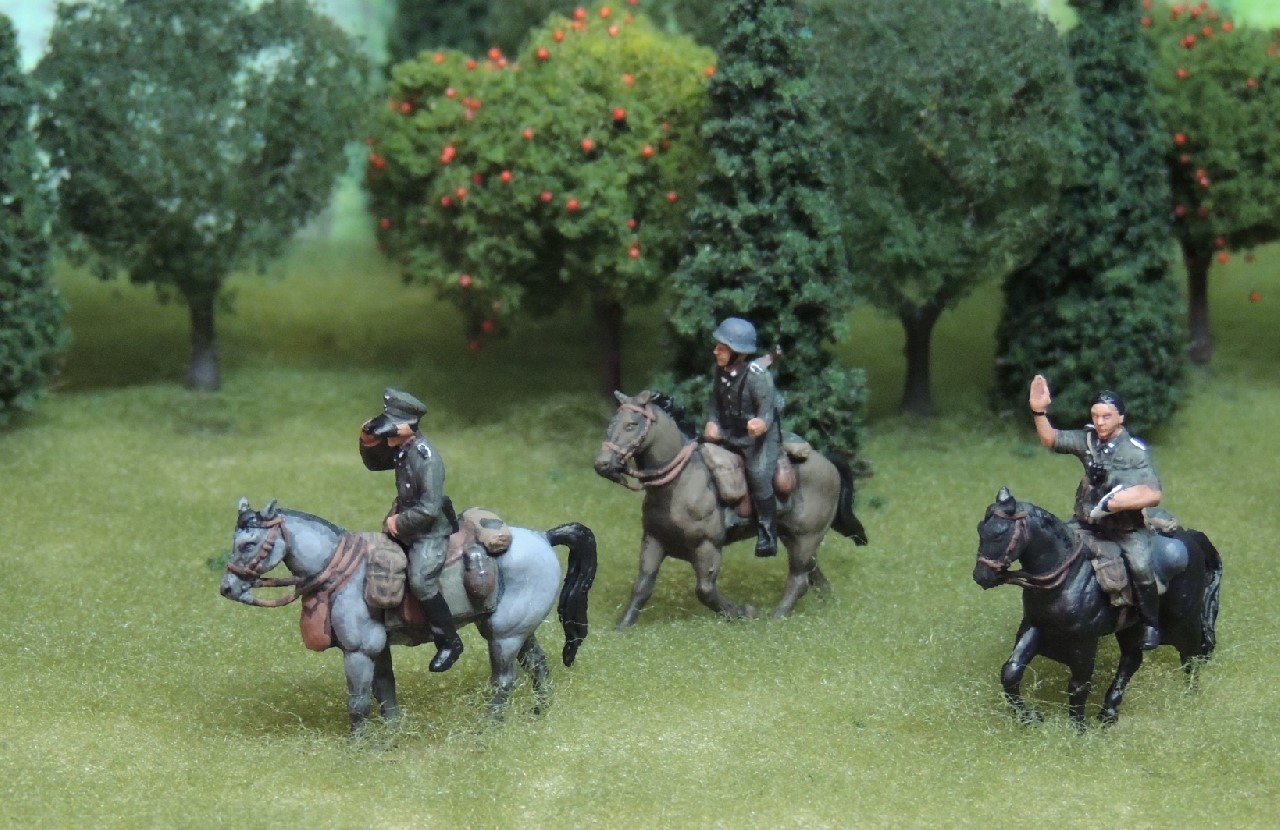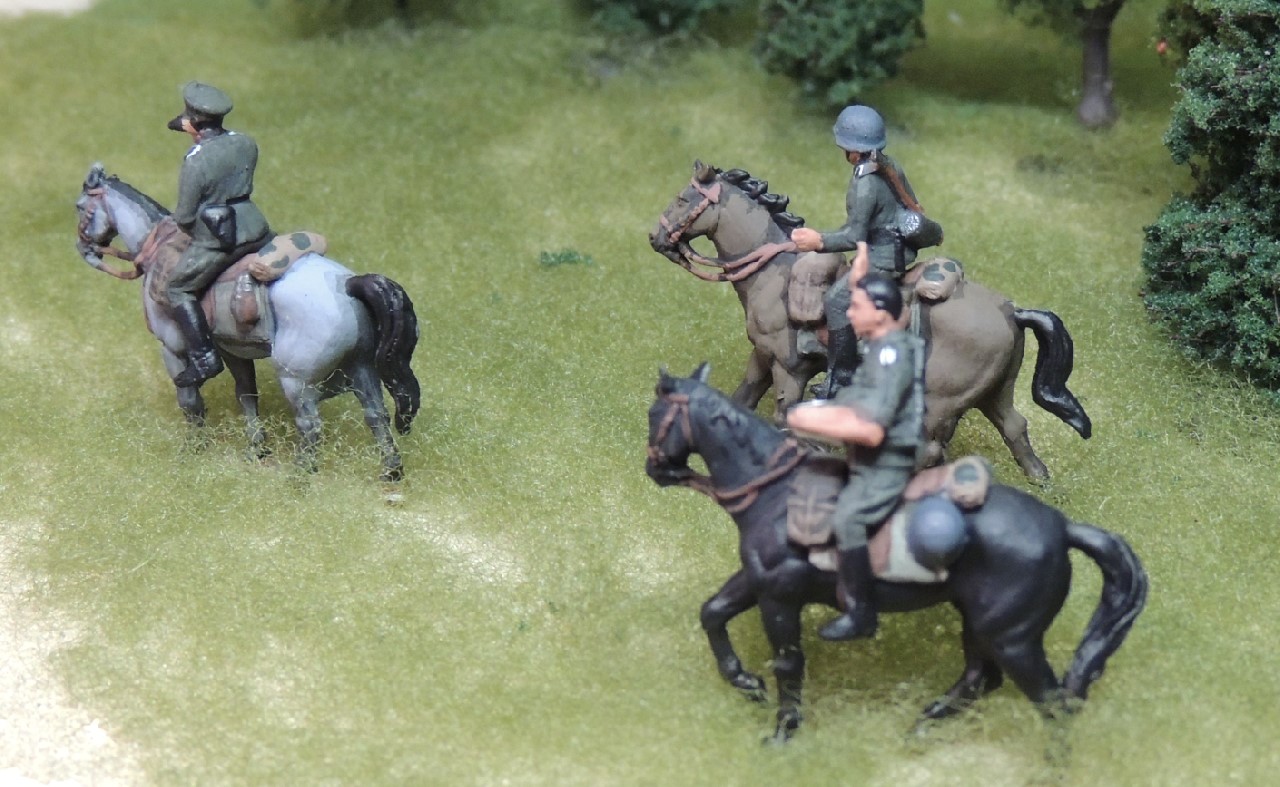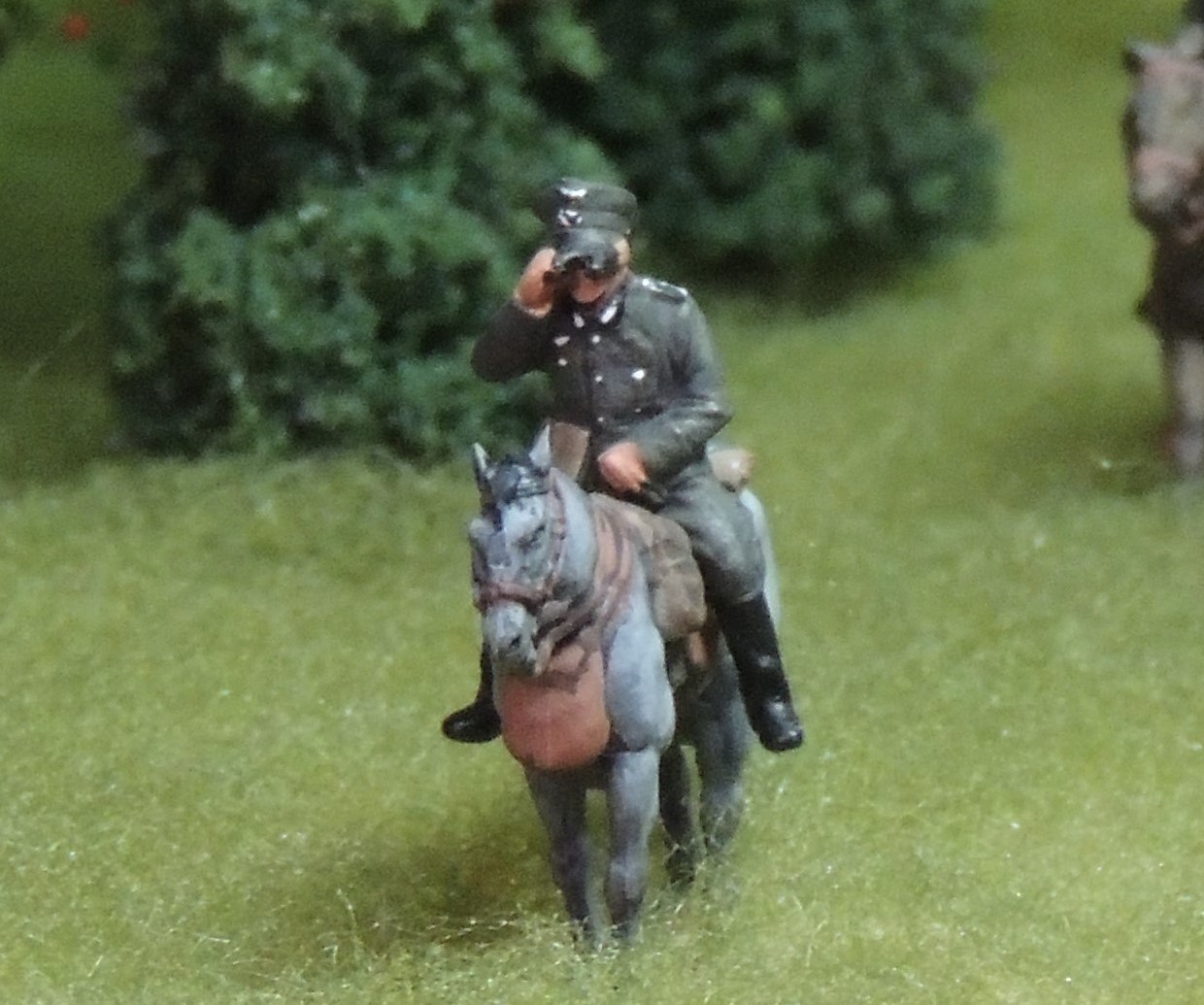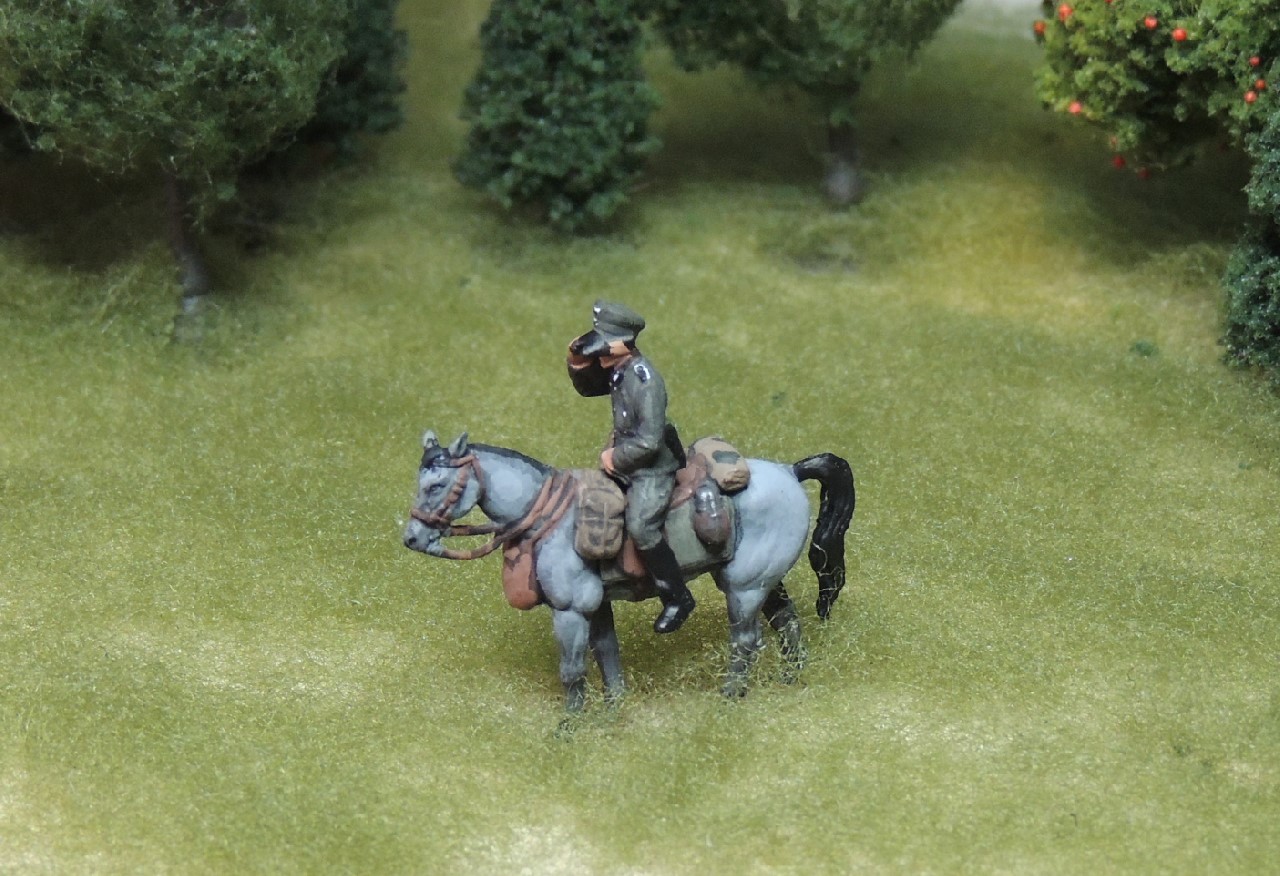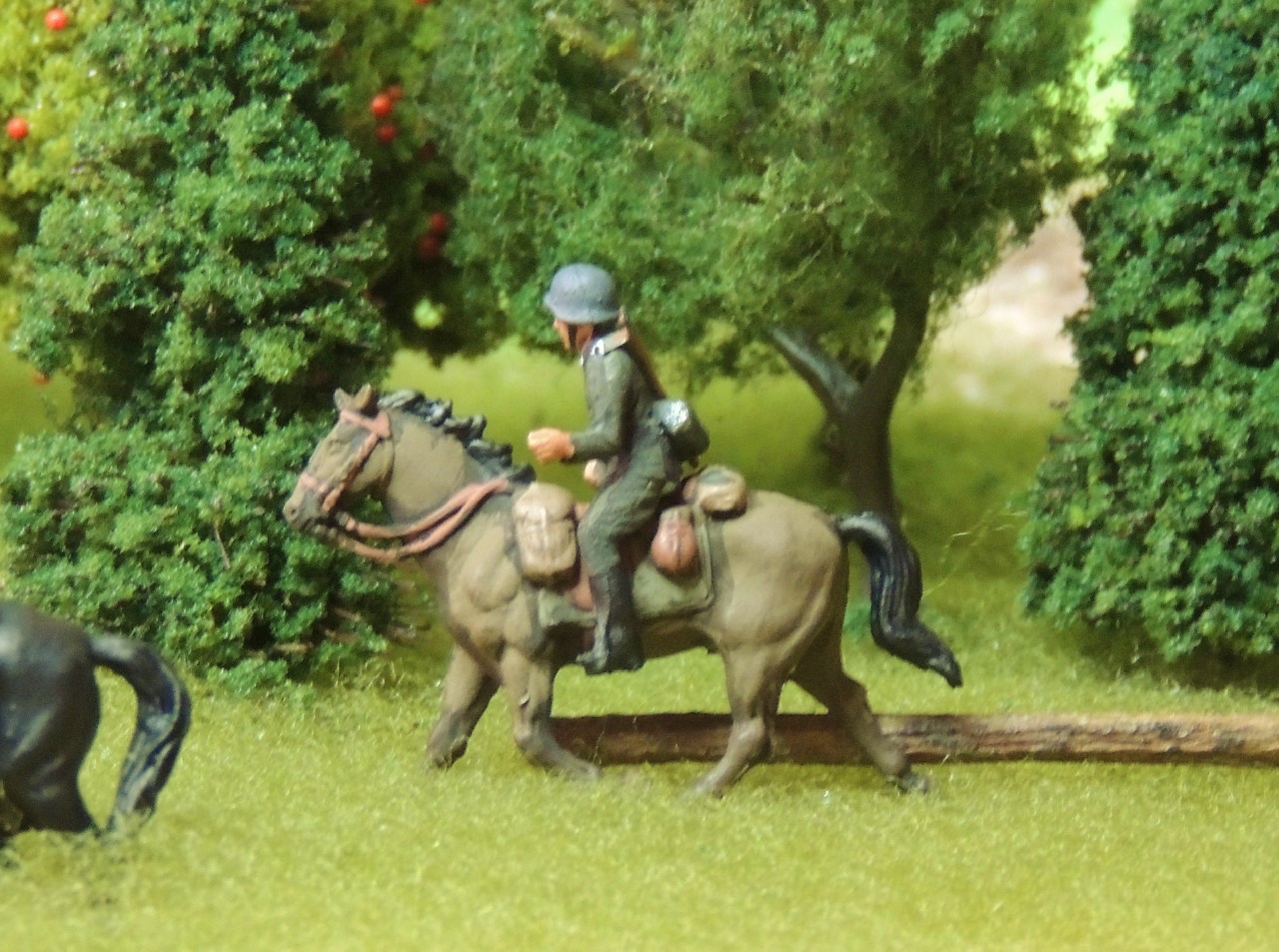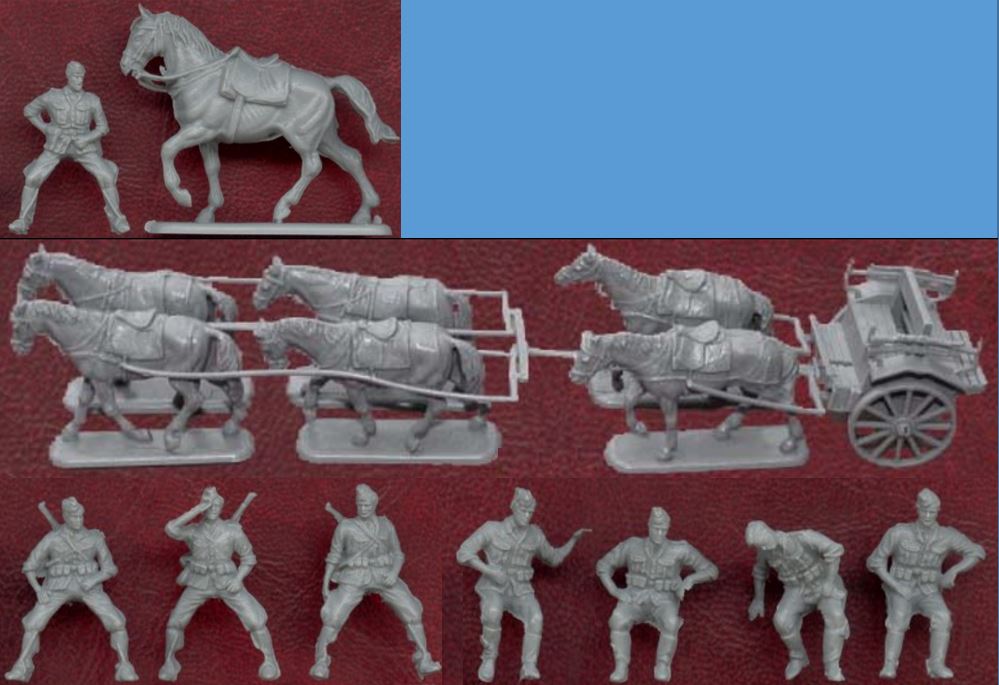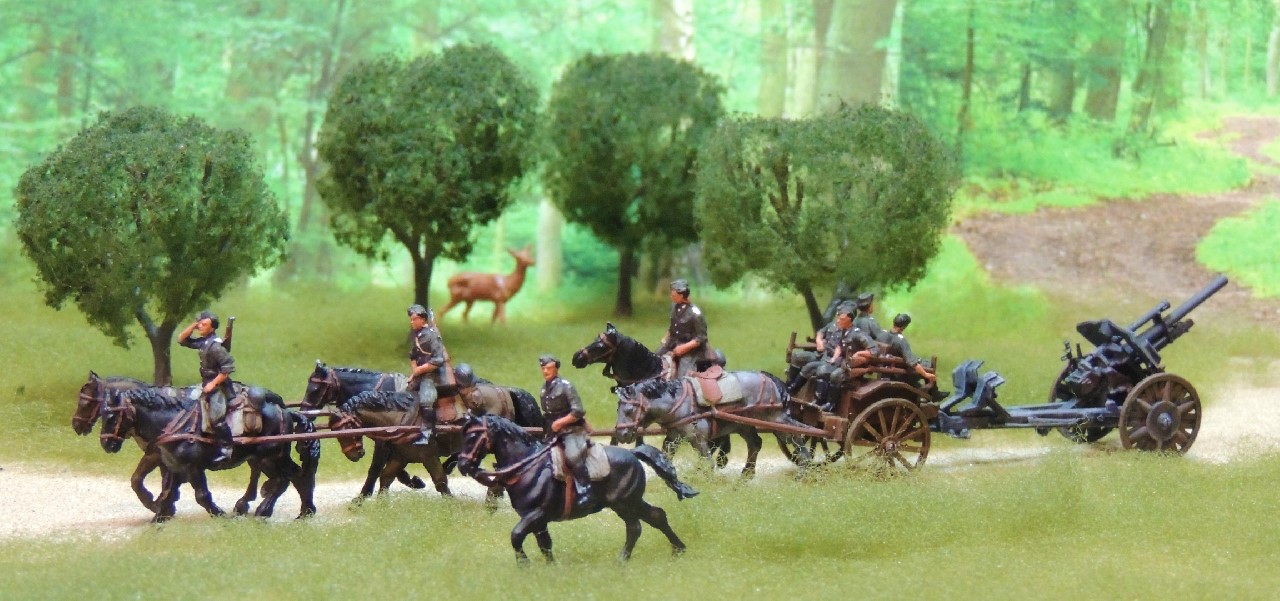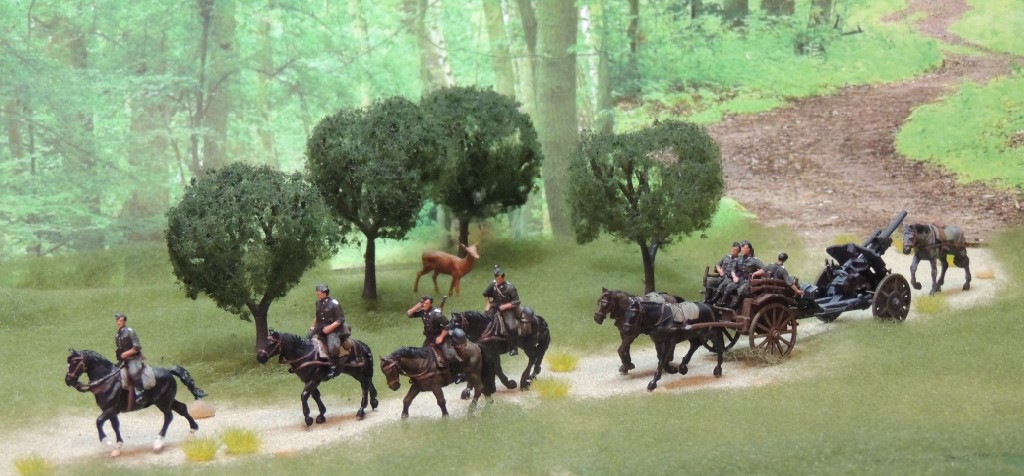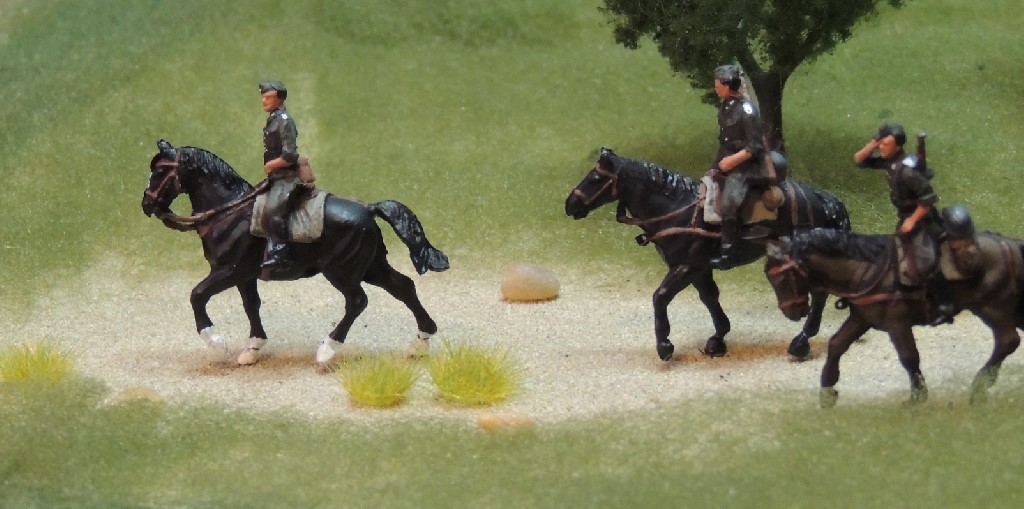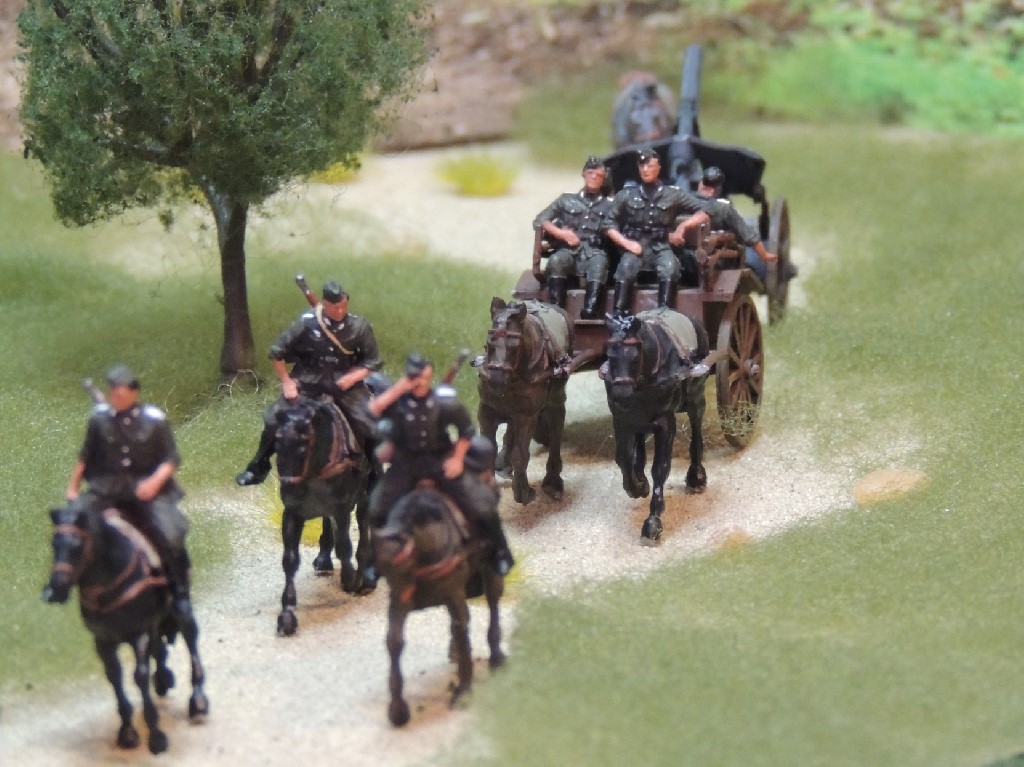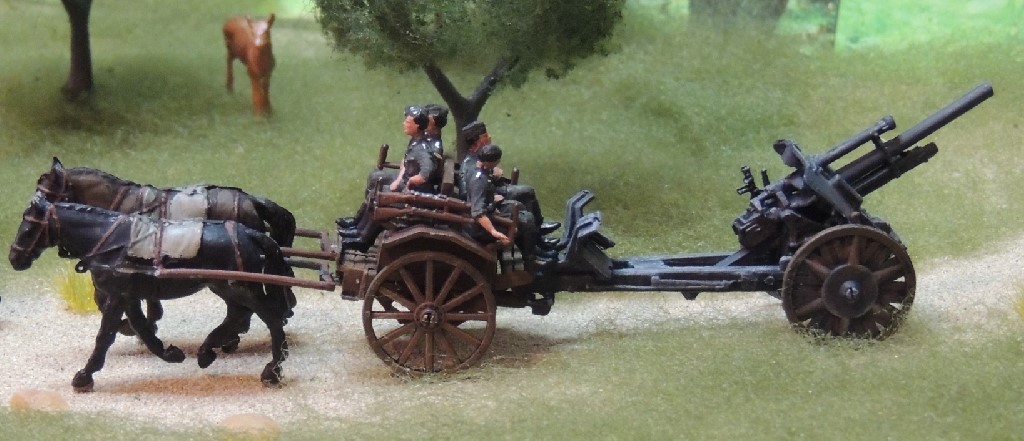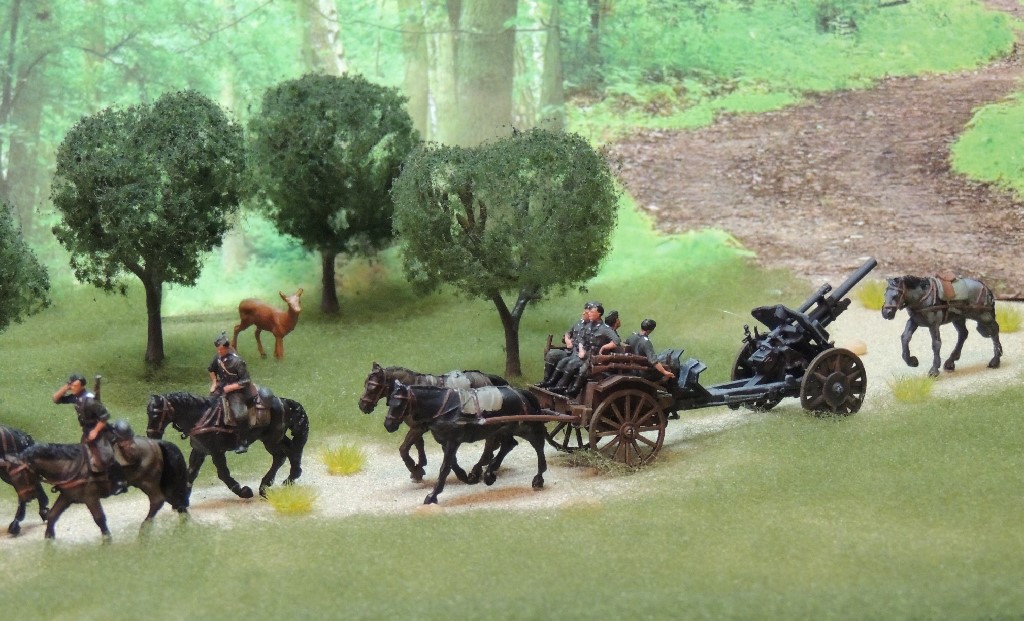The German Afrika Korps (Deutsches Afrikakorps) arrived in Libya in February 1941, following Mussolini’s appeal to Hitler for assistance in light of Italy’s dismal performance fighting the British in North Africa. Within weeks of arrival, Rommel’s Afrikakorps had reversed Mussolini’s fortunes, handily defeating numerically superior British forces time and again in rapid succession, and in the process becoming a source of fascination for many a WWII buff despite their eventual defeat in 1943.
Countless books have been written on this subject and the reader is directed to them. This post is merely intended to provide collectors a survey of Afrikakorps-specific prebuilt softskins available in 1/72 scale. The reader should note that major manufacturers such as Dragon and Panzerstahl have also produced more than a dozen prebuilt Afrikakorps tanks, but information on these is readily available and not the subject of this post.
By my count, there are approximately 20 prebuilt Afrikakorps softskin vehicles. Photographs are provided below. To provide perspective on the size of the vehicles, included in the photos are figures from six of the eight different Afrikakorps sets released thus far. They range from the Airfix set released in 1973, more than 40 years ago, to the Caesar set, released in 2010. The name provided for each of the vehicles and soldier sets is the one given by the manufacturer, thus the lack of consistency in the use of “Afrikakorps,” “Afrika Korps,” “Africa Corps,” and “DAK.”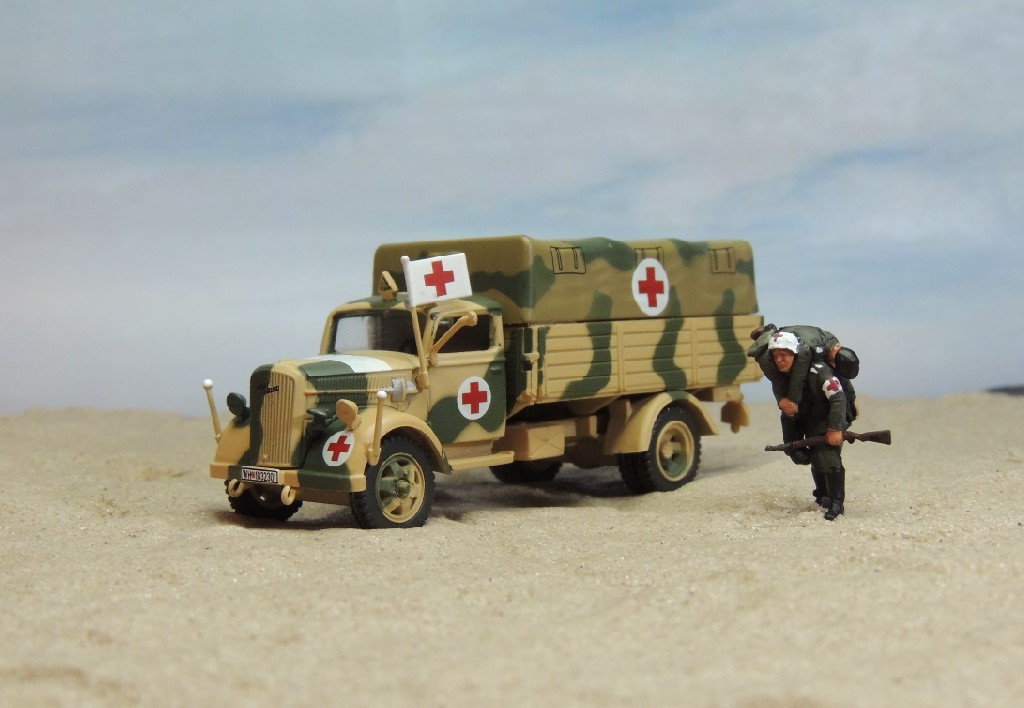 1. Altaya Opel Blitz 3.6-36S (Kfz. 305), 21.Pz.Div., Medenine, Tunisia 1943. Other than the lack of weathering and fake window flaps on the canvas cover, this is a neat little piece that would greatly improve with a simple umber wash.
1. Altaya Opel Blitz 3.6-36S (Kfz. 305), 21.Pz.Div., Medenine, Tunisia 1943. Other than the lack of weathering and fake window flaps on the canvas cover, this is a neat little piece that would greatly improve with a simple umber wash.
Figures: Zvezda 6143 German Medical Personnel set. In my view, Zvezda is now producing the best 1/72 scale figures on the market.
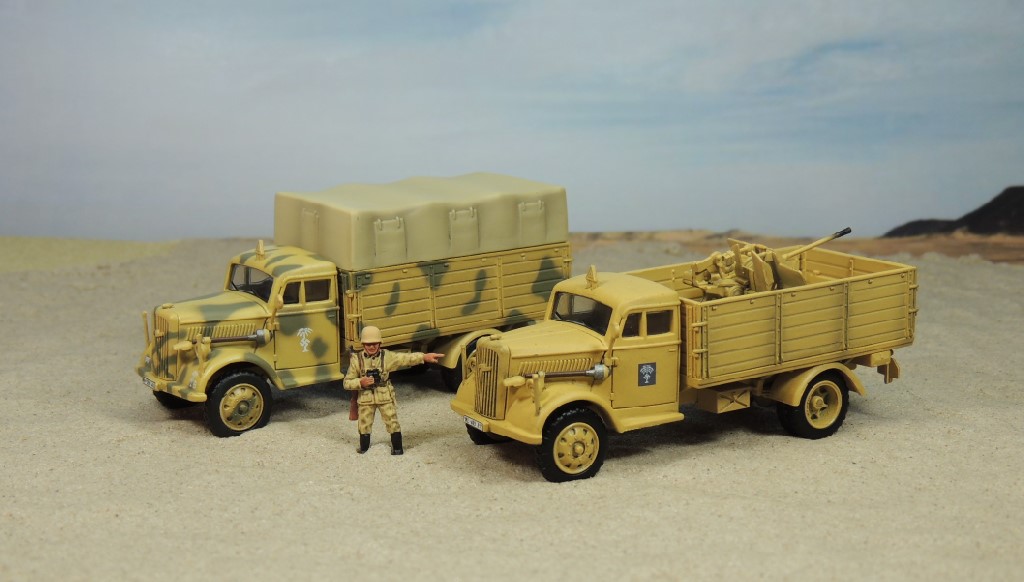 2. Left: Hobby Master HG3903, Opel Blitz German Cargo Truck, 21st Panzer Div, North Africa 1942. This little truck is a beauty. Note the crispness of the DAK palm tree. The divisional and tactical markings on the fenders are an added plus.
2. Left: Hobby Master HG3903, Opel Blitz German Cargo Truck, 21st Panzer Div, North Africa 1942. This little truck is a beauty. Note the crispness of the DAK palm tree. The divisional and tactical markings on the fenders are an added plus.
3. Right: Hobby Master HG3911, Opel Blitz German Cargo Truck with 20mm Flak 38, DAK, WWII. The Flak 38 anti-aircraft gun is metal and is detachable. About the only quibble with this piece is the lack of divisional markings on the fenders and rear.
Figure: Matchbox PK35 Sd.Kfz. 232 plastic kit. This is one of two figures included in this 1/76 Matchbox kit. The figures themselves are actually 1/72 scale, however.
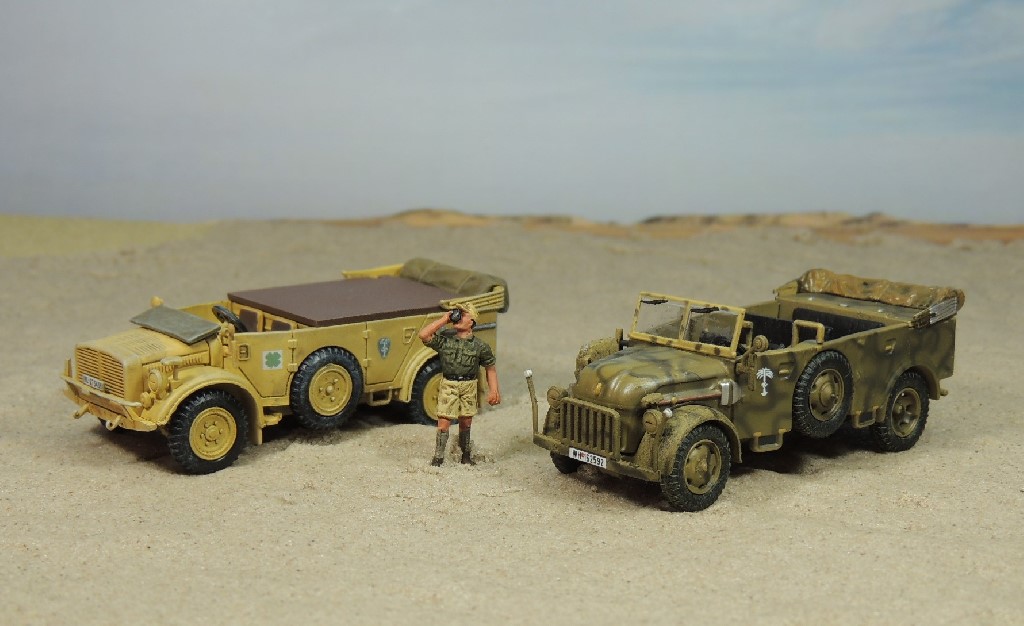 4. Left: Hobby Master HG4501 Horch 1a with 20mm Flak 38, DAK 1941. This vehicle came with a Flak 38 anti-aircraft gun worthy of comment in its own right. Regrettably, I did not photograph it.
4. Left: Hobby Master HG4501 Horch 1a with 20mm Flak 38, DAK 1941. This vehicle came with a Flak 38 anti-aircraft gun worthy of comment in its own right. Regrettably, I did not photograph it.
5. Right: War Master Steyr 1500 A/01 + 20mm Flak 38, 10th Panzerabteilung, Tunisia 1942. I failed to include the Flak 38 on this vehicle as well. Though War Master gets credit for including the swastika on the palm tree, they managed to place it facing left, which is incorrect. One wonders whether the “error” was by design to get around laws in various countries that prohibit Nazi symbols.
Figure: Revell 2513 Africa Corps. This particular figure in the Revell set is one of the most ubiquitous in Afrikakorps dioramas, probably due to its casual pose as the vast majority of a soldier’s time is spent not in battle but performing pedestrian daily activities.
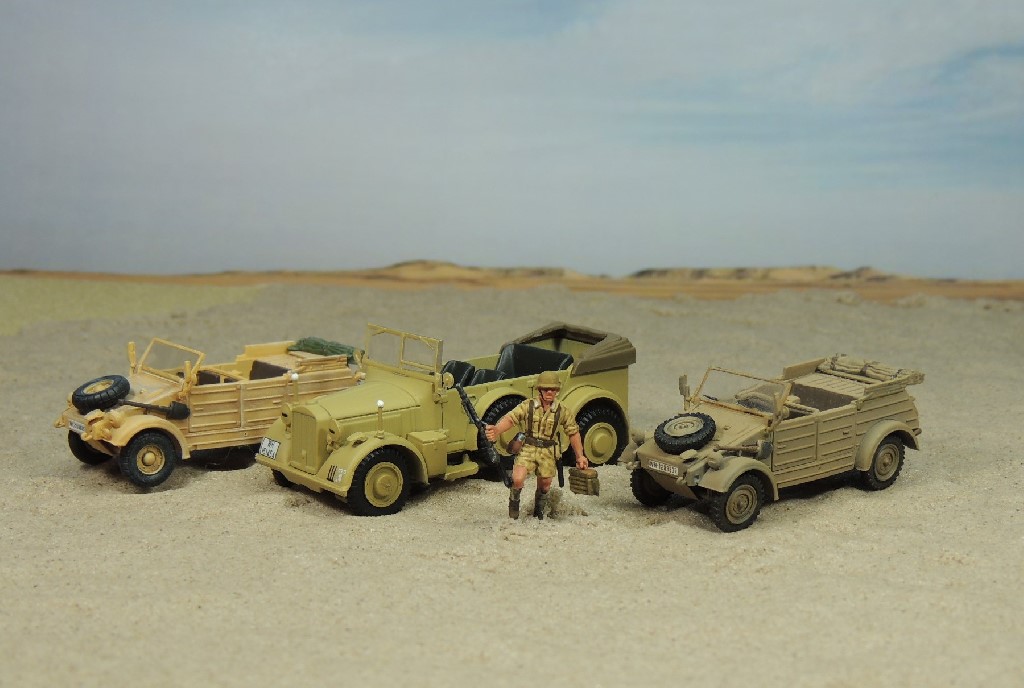 6. Left: Dragon Warbirds 50120 Me 109G-2 Trop & Kubelwagen, III./JG 77, North Africa 1942. This hard-to-find Cyber Hobby exclusive aircraft model included this kubelwagen. Of note are the balloon sand tires, designed specifically for the desert campaign.
6. Left: Dragon Warbirds 50120 Me 109G-2 Trop & Kubelwagen, III./JG 77, North Africa 1942. This hard-to-find Cyber Hobby exclusive aircraft model included this kubelwagen. Of note are the balloon sand tires, designed specifically for the desert campaign.
7. Center: Altaya Kfz. 15 Horch + 10.5cm le FH18M, Art.Reg. 119, 11.Pz.Div., Kursk USSR 1943. Admittedly, this model is not marketed as an Afrikakorps vehicle, but given the wide use of the Kfz. 15 Horch in North Africa and its dunkelgelb base color, the straightforward application of DAK palm tree decals would easily do the trick.
8. Right: Dragon 7434 Sd.Kfz.181 Tiger I Mid Production w/Zimmerit & Kubelwagen. This vehicle, which was included as a plus in a Dragon Tiger kit, is identical to the one in the Dragon Warbirds 50120 set described above except for the standard tires and darker desert yellow.
Figure: Airfix 1711 Afrika Korps. Despite its release 43 years ago, the Airfix Afrikakorps set remains one of the most beloved among collectors, for obvious reasons — this was Airfix sculpting at its pinnacle.
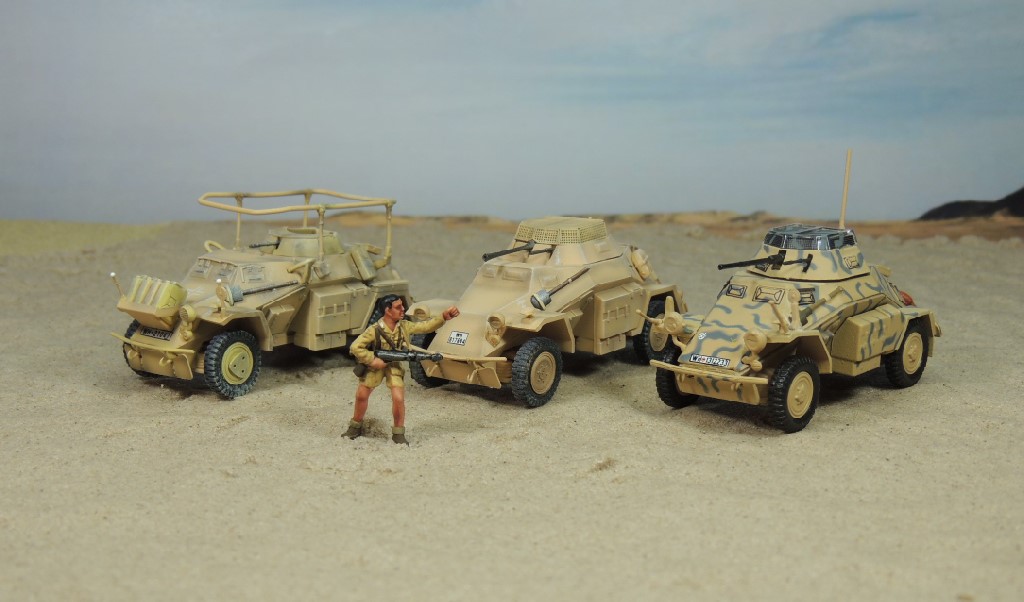 9. Left: Dragon 60514 Sd.Kfz. 223 Leichte Panzerspahwagen, 21.Pz.Div., North Africa 1941.
9. Left: Dragon 60514 Sd.Kfz. 223 Leichte Panzerspahwagen, 21.Pz.Div., North Africa 1941.
10. Center: Dragon 60498 Sd.Kfz. 222 Leichte Panzerspahwagen, Unidentified Unit, North Africa 1942. A quick comparison of this Dragon piece with its Altaya counterpart to the right immediately reveals why Dragon has been king of the 1/72 scale hobby. There is absolutely no comparison in terms of detail, finish, and weathering.
11. Right: Altaya Sd.Kfz. 222, 10.Pz.Div., Tunis, Tunisia 1943. Given the existence of the vastly superior Dragon 60498, this Altaya 222 model is only for the hardcore collector.
Figure: Atlantic 88 German Afrikakorps. This hard-to-find set was maligned from its release almost 40 years ago (1977). Today, it’s highly sought-after by collectors.
 12. Left: Altaya Schwerer Panzerspahwagen (8 Rad), Sd.Kfz. 232, 5.le.Div., Agedabia, Libya 1941. Dragon has produced an Sd.Kfz. 232 that is immensely superior to this piece. Unfortunately, Dragon has not released one in an Afrikakorps desert livery.
12. Left: Altaya Schwerer Panzerspahwagen (8 Rad), Sd.Kfz. 232, 5.le.Div., Agedabia, Libya 1941. Dragon has produced an Sd.Kfz. 232 that is immensely superior to this piece. Unfortunately, Dragon has not released one in an Afrikakorps desert livery.
13. Right: Altaya Sd.Kfz. 250/5, Afrikakorps, Tobruk, Libya 1942. Desert campaign enthusiasts will immediately recognize this vehicle as Rommel’s “Greif.” In retrospect, it would have been more appropriate to use a Rommel figure for the photo. As is Altaya practice, neither vehicle has swastikas on the palm trees.
Figure: ESCI 206 Afrika Corps Soldiers. This ESCI set, their second effort at producing Afrikakorps soldiers, was summed up by Plastic Soldier Review (PSR) as a “perfectly solid effort.” The first set, now extremely hard to find, was somewhat unattractive.
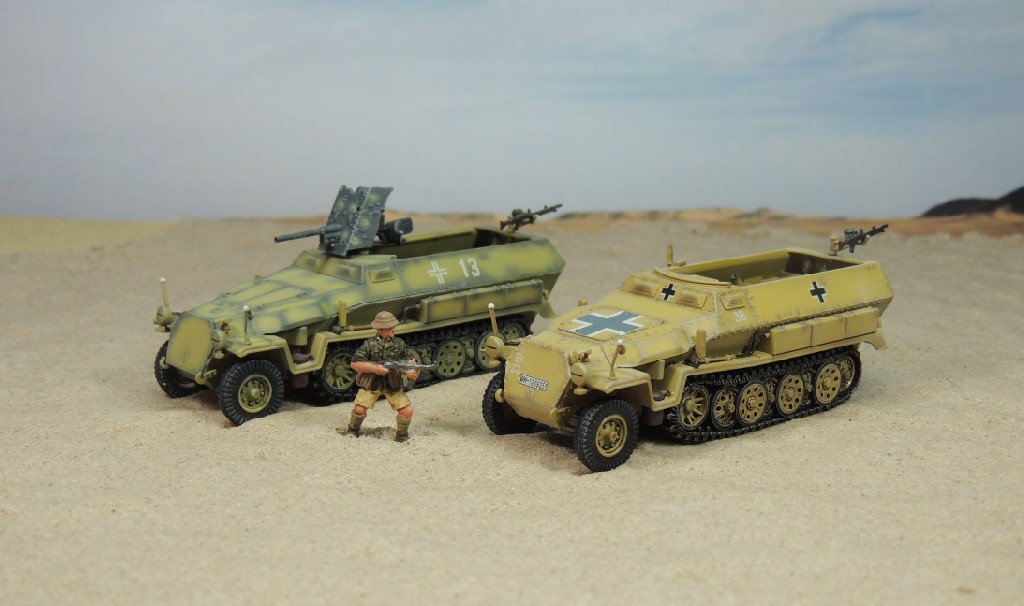 14. Left: Dragon 60294 Sd.Kfz. 251/10 Ausf. C Unidentifed Unit, El Alamein 1942. Photographs exist of the actual vehicle upon which this model is based. Unfortunately, the actual vehicle was an Ausf. B, rather than an Ausf. C, which is immediately apparent by the location of the hull side lockers.
14. Left: Dragon 60294 Sd.Kfz. 251/10 Ausf. C Unidentifed Unit, El Alamein 1942. Photographs exist of the actual vehicle upon which this model is based. Unfortunately, the actual vehicle was an Ausf. B, rather than an Ausf. C, which is immediately apparent by the location of the hull side lockers.
15. Right: Dragon 60281 Sd.Kfz. 251/2 Ausf. C, Eastern Front 1942. Despite Dragon’s “Eastern Front” label, this piece is actually from the DAK, as can be easily concluded from the 21.Pz.Div. formation marking on the vehicle’s front plate. The actual vehicle upon which this model is based was an Afrikakorps 251/1 Ausf. C, rather than a 251/2 Ausf. C. To make it accurate, one need only remove the mortar from the back of the vehicle.
Figure: Caesar H070 German Afrika Korps. This 2010 release is the most recent Afrikakorps set on the market. According to PSR, the figures have “well-defined detail and faultless proportions” and the use of modern molds allowed Caesar to produce figures that are appealing from every angle without resorting to multiple pieces that require assembly, as Preiser often does.
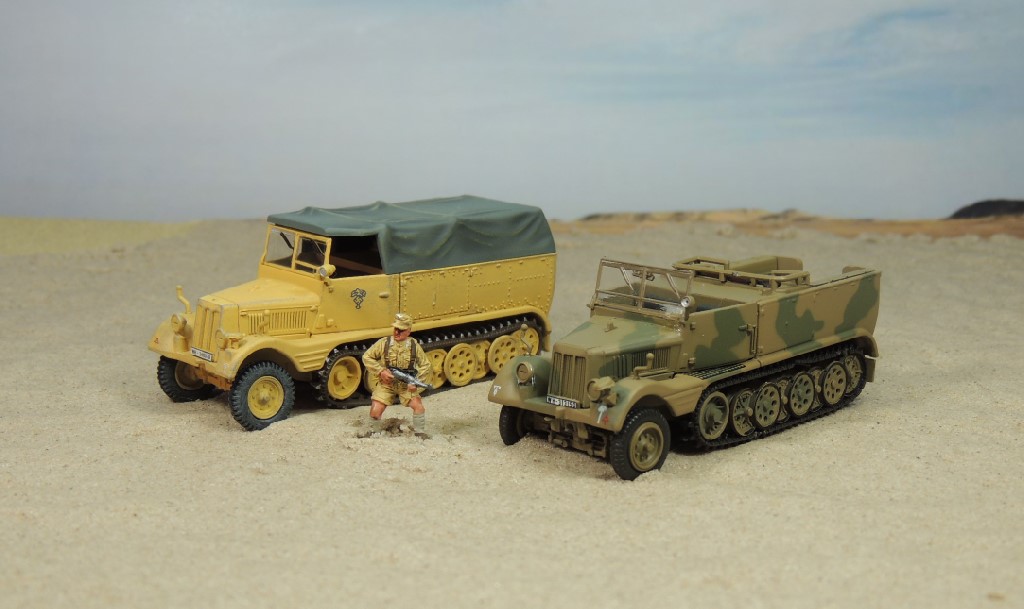 16. Left: Hobby Master HG5104 Sd.Kfz. 11, 33d Pz.Art., 15th Pz.Div., North Africa. This vehicle carries an interesting but non-standard Afrikakorps palm tree.
16. Left: Hobby Master HG5104 Sd.Kfz. 11, 33d Pz.Art., 15th Pz.Div., North Africa. This vehicle carries an interesting but non-standard Afrikakorps palm tree.
17. Right: Altaya Sd.Kfz. 11, 15th Pz.Div., El Alamein, Egypt 1942. To my mind, this is not a bad effort by Altaya and the difference in quality between it and the HM piece is not that great. Note again Altaya’s failure to include the swastika on the palm tree on the port-side front fender.
Figure: Caesar H070 German Afrika Korps. See comment in previous photo.
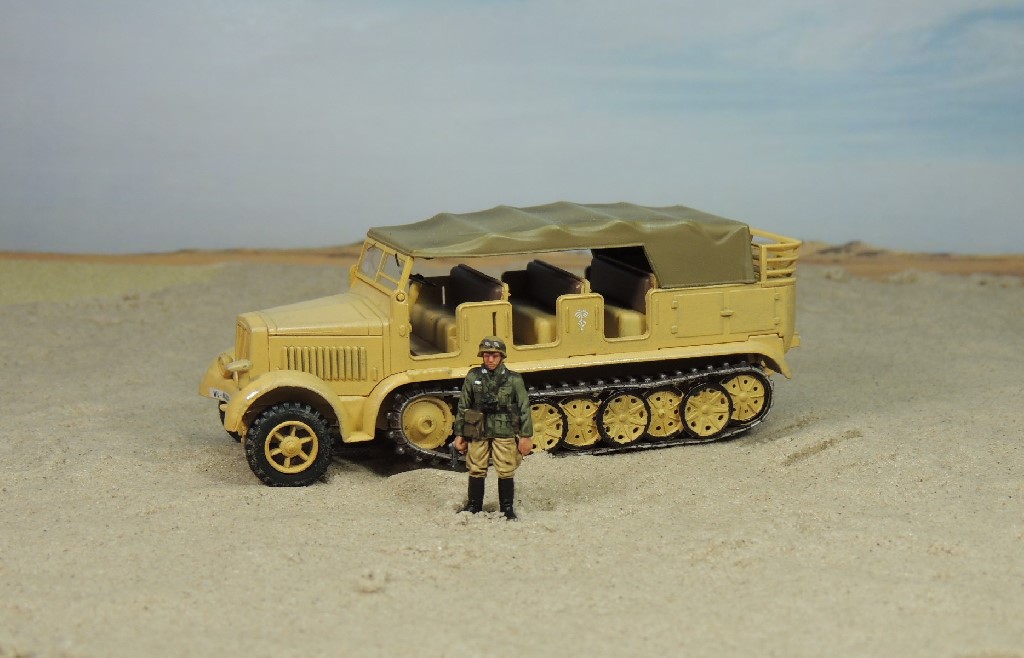 18. Hobby Master HG5002 Sd.Kfz. 7 German 8 Ton Semi-Track, Luftwaffe, Africa 1942. While this is, in fact, an Afrikakorps vehicle, HM neglected to include the distinctive Afrikakorps palm tree. I pilfered the palm tree decals from the Airfix A02303 Sd.Kfz. 7 Tractor half-track kit.
18. Hobby Master HG5002 Sd.Kfz. 7 German 8 Ton Semi-Track, Luftwaffe, Africa 1942. While this is, in fact, an Afrikakorps vehicle, HM neglected to include the distinctive Afrikakorps palm tree. I pilfered the palm tree decals from the Airfix A02303 Sd.Kfz. 7 Tractor half-track kit.
Figure: Italeri 6099 D.A.K. Infantry. As can be seen in the photo, the detail on this figure is superb. In PSR’s words “detail is everywhere clear and sharp, while clothing looks natural and human proportions are spot on.”
 Finally, here’s a lagniappe photo of an Opel Blitz bus, widely used by the Afrikakorps in North Africa.
Finally, here’s a lagniappe photo of an Opel Blitz bus, widely used by the Afrikakorps in North Africa.
19. Roden 721 Plastic Kit, Opel Blitz Omnibus (model W.39 Ludewig-built, late). This model is not available as a prebuilt. I commissioned this piece from a master modeler in Poland.
Figures: Various Afrikakorps Sets; Nikolai ARB04 Arabs in the Streets 2 resin set. Without a doubt, resin figures allow more detail than plastic ones as exemplified by the three wonderful figures from the Nikolai set. However, the short runs and resulting high cost of resin sets often present an obstacle for collectors.
I hope you enjoyed the photos. As always, comments, suggestions, and questions are always welcome.

